Please note: During this time of uncertainty, we are continuing to post stories on the LTV Blog. In doing this, we hope to give you reasons to smile, and a chance to dream of future adventures. All travel mentioned in these posts took place prior to the COVID-19 pandemic and associated restrictions. We ask our LTV family to follow all recommendations of local health and government authorities regarding travel and social distancing. We are all in this together. You can read our full COVID-19 response here.
Magical, mystical, unforgettable – nothing can adequately prepare you for what awaits on New Zealand’s South Island. From the rolling hills sheltering premium vineyards to the surreal Lord of the Rings landscapes, this island is a feast for the eyes.
Welcome back to our journey through New Zealand. If this is your first look at this two-part series, I invite you to read the first part where we talk about our visit to North Island. You can catch up with that article either before or after reading this one, as there is no plot or character evolution between parts!
Leaving Wellington, the country’s capital, a three-hour ferry ride takes you to South Island’s port of entry at Picton. From there you can choose your route, whether clockwise or anti-clockwise, to explore this wonderful part of New Zealand.
We chose the latter, with our choice being mostly dictated by the weather forecast. Our trip took place in November, which is late spring in the Southern Hemisphere. This time of the year on South Island can provide a buffet of temperatures and weather ranging from warm and sunny to cold and snowy, sometimes in the same day!
What to Wear
This brings me to talk about clothing. With the weight limits imposed by the airlines, we chose to only bring the strict minimum for a one-month stay. My wife, Joanne, and I each had a 90-litre duffle bag filled to the brim, and fortunately we managed to remain below the weight limit established by our airline of 50 pounds for each bag.
We faced temperatures ranging from mid-seventies to below freezing during our trip. We had judiciously packed enough gear to deal with all situations, including fierce winds and rain, while exploring the sounds and mountains in the southwestern part of the Island. Lots of layers, waterproof windbreakers, fleece jackets and sweaters, and warm weather gear will allow you to mix and match clothing for most situations. Most importantly, bring a comfortable pair of hiking boots, as you will be wearing these almost daily. Make sure they are waterproof – I cannot stress this point enough. Being stuck with wet or humid footwear for days on end is no fun, and, with our limited space, we could not bring a change of boots.
A Photographic Travelogue
I will attempt, through the following series of selected images, to tell the story of our visit to South Island. Each image will have a caption describing it. I hope you will enjoy this visual adventure as much as I enjoyed collecting the images for you and replaying the memories of this trip.
Before we get into it, below is a rough map of our South Island itinerary.

This map shows the areas we had on our list and our final itinerary. We had to make choices based on time, weather, and recommendations from locals. Sometimes we enjoyed an area so much we decided to stick around.
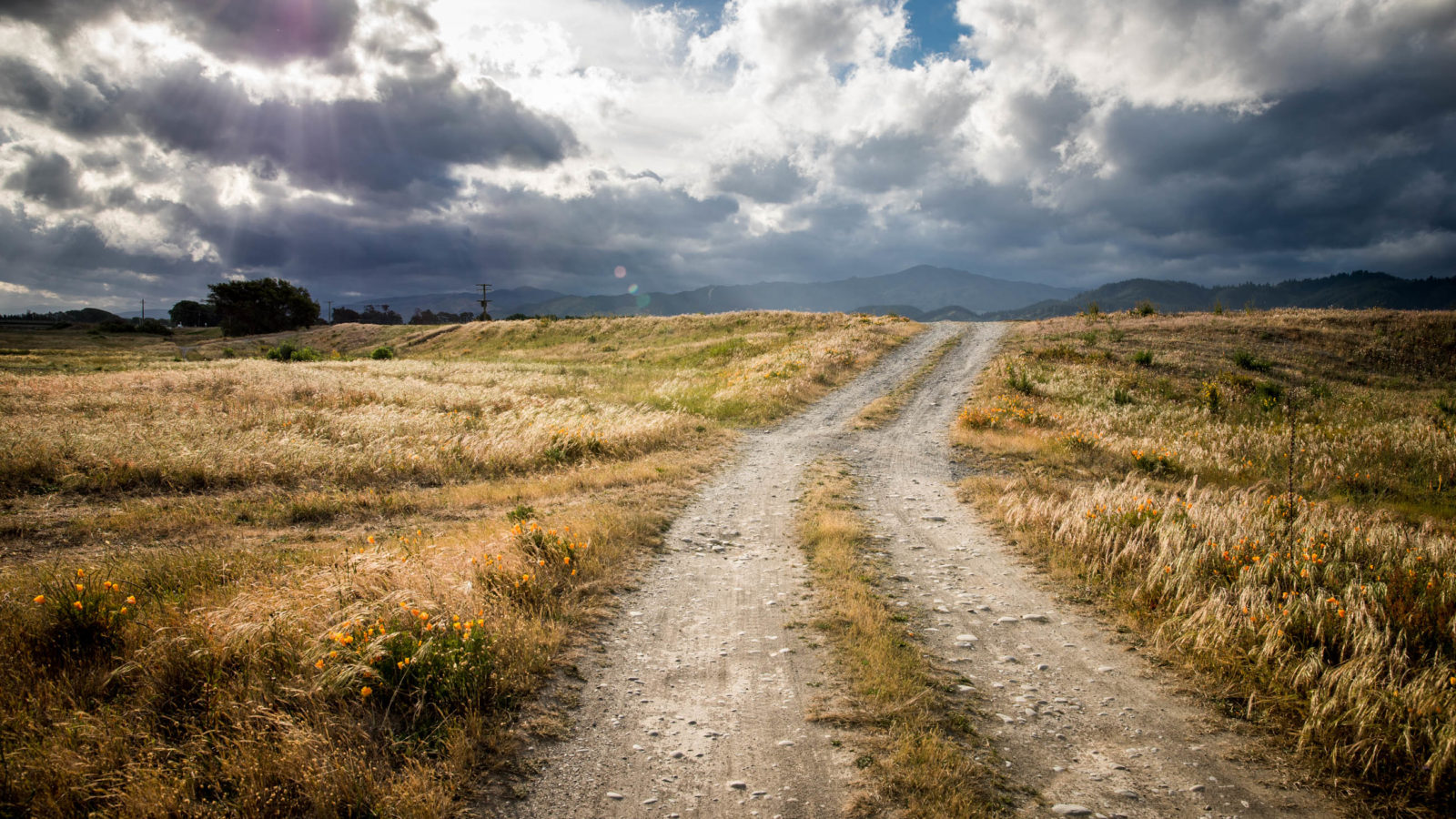
A threatening sky welcomed us on the way to our first freedom camping site, shortly after disembarking from the ferry. We were to return to the same spot the night prior to crossing back to North Island.
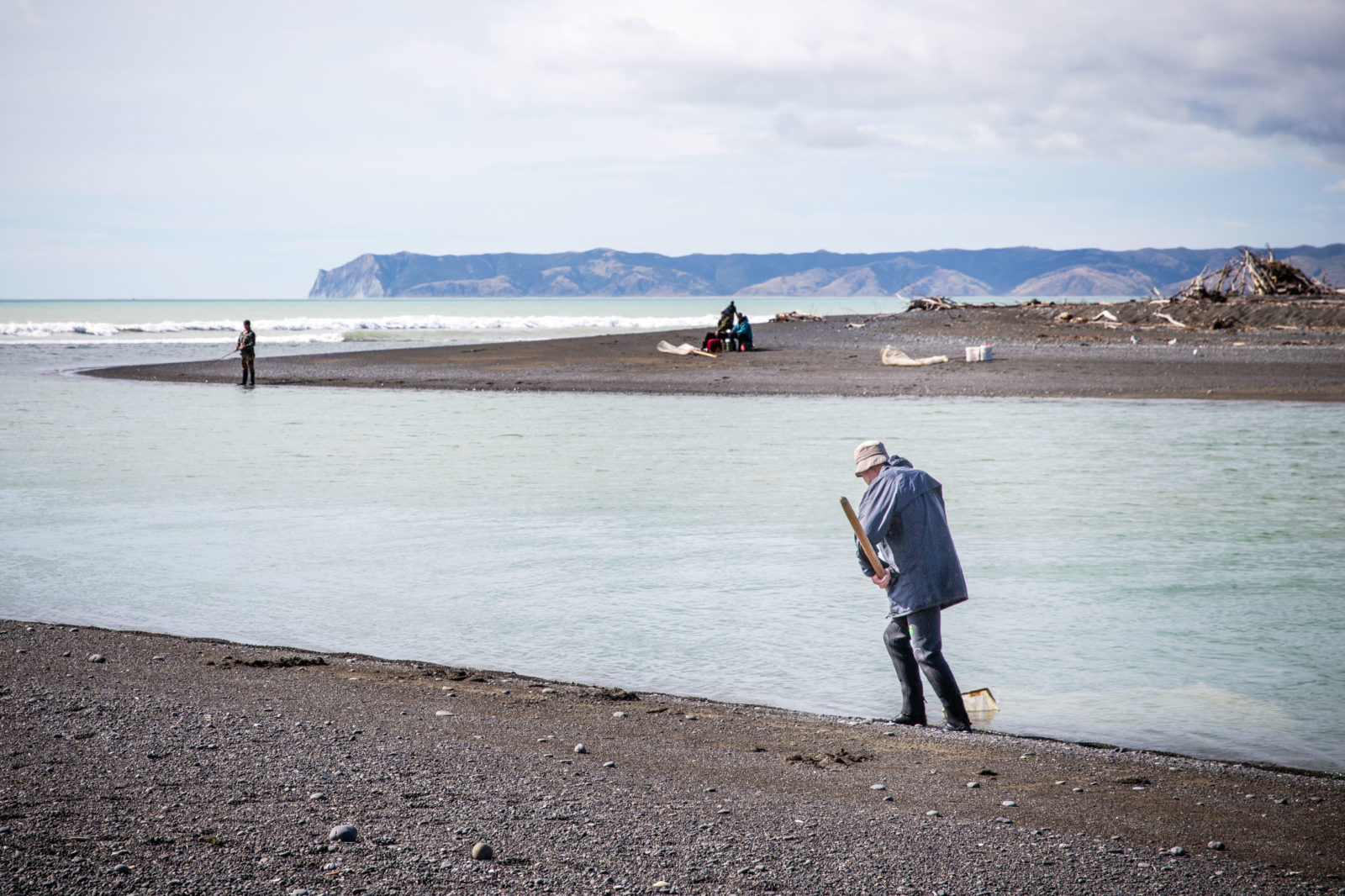 A few meters from our camping spot, we were intrigued by the people dragging nets in the water. It turned out they were collecting whitefish, which we were told is a small fish mainly found in New Zealand.
A few meters from our camping spot, we were intrigued by the people dragging nets in the water. It turned out they were collecting whitefish, which we were told is a small fish mainly found in New Zealand.
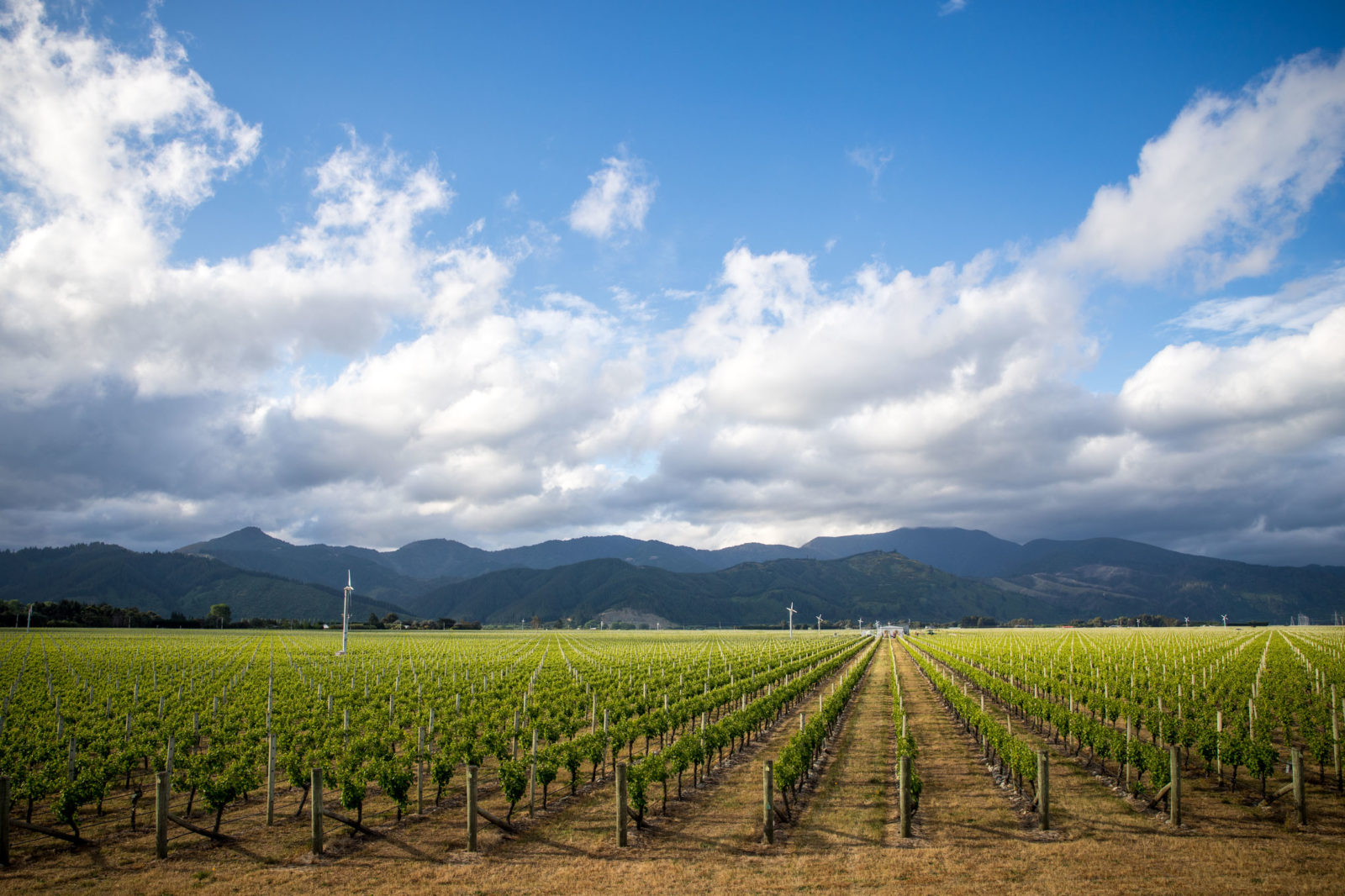

If you enjoy wine, you may have tasted some from the Marlborough region. Rows and rows of vines are meticulously pruned and pampered. The windmills provide a gentle breeze during the winter months to protect the vines from freezing.
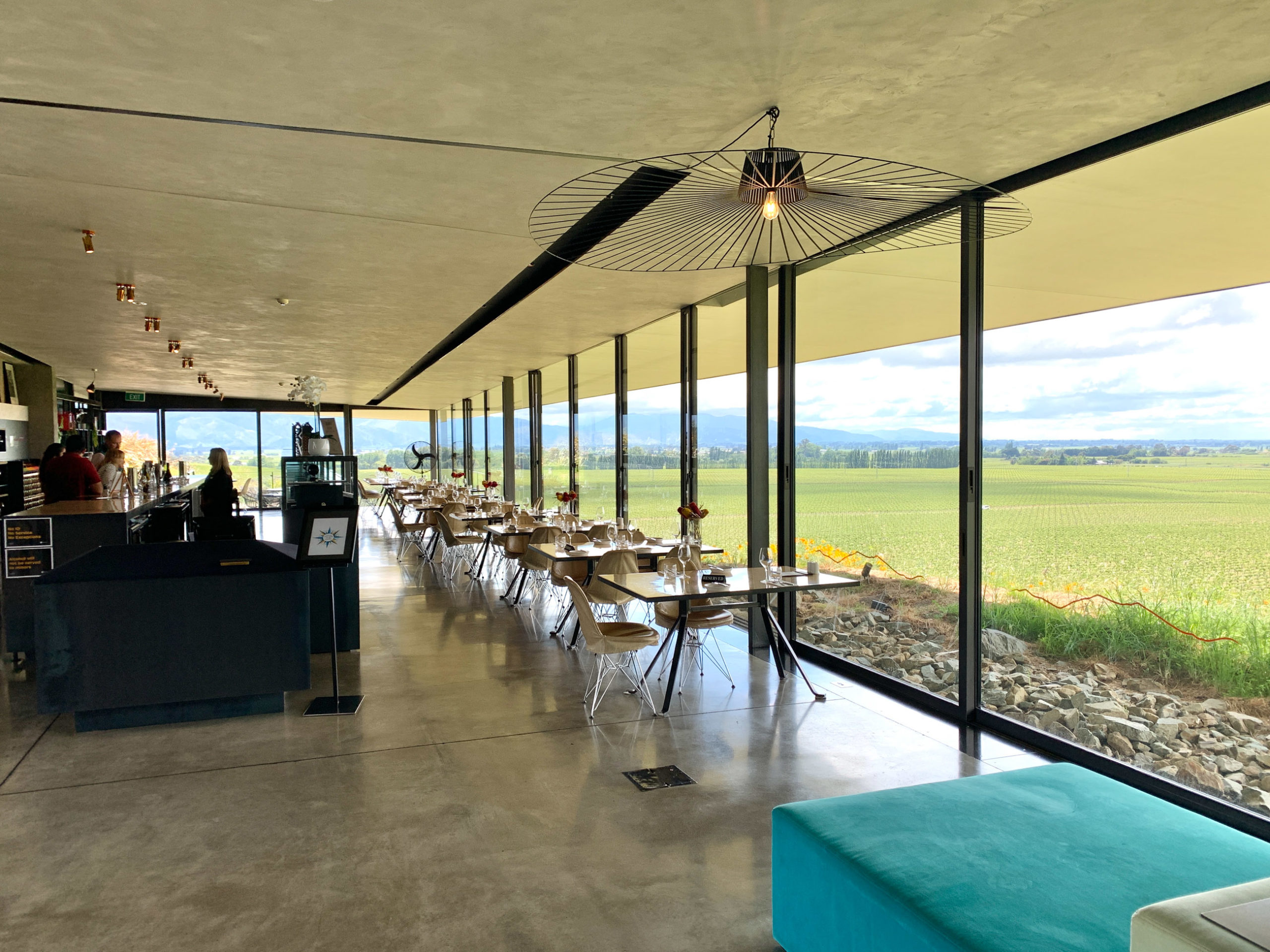
Brancott Estate Vineyard visitor center and restaurant near Blenheim offers first-class wines for tasting and great service.

On our way south, near Kaikoura, the road on the east coast occasionally hugs the coastline, where one can observe these entertaining sea lions going about their business.
We just loved Kaikoura! This is the place to see whales, sea lions, and dolphins and enjoy a wonderful hike around the peninsula. The scenery is absolutely breathtaking. Easy downtown parking for motorhomes comes as a bonus. The Seaward Kaikoura Range can be seen in the background as we made our way around the peninsula hiking trail.

At this point we would be telling you about Christchurch, our next planned stop. However, the weather was terrible and we decided to head towards Lake Pukaki instead. Above, an early morning light beautifully highlights an early riser, taking in the beauty of the area.
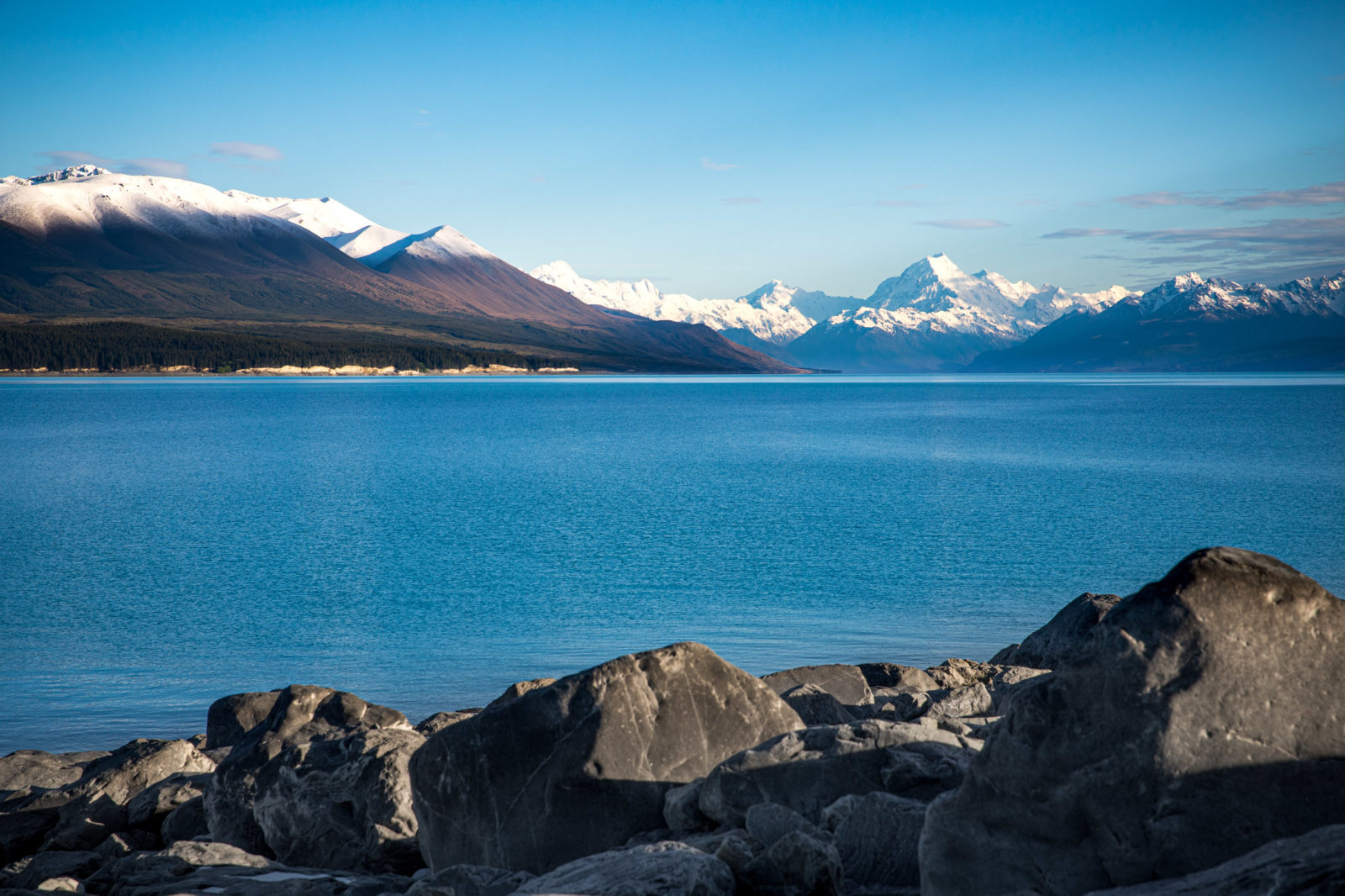
I actually waited an hour sitting on a rock for the rising morning light to be just right for this photo. You can see Mount Cook in the top right background, and the emerald-colored water of Lake Pukaki. The soft morning light kissing the rocks in the foreground completes the image.
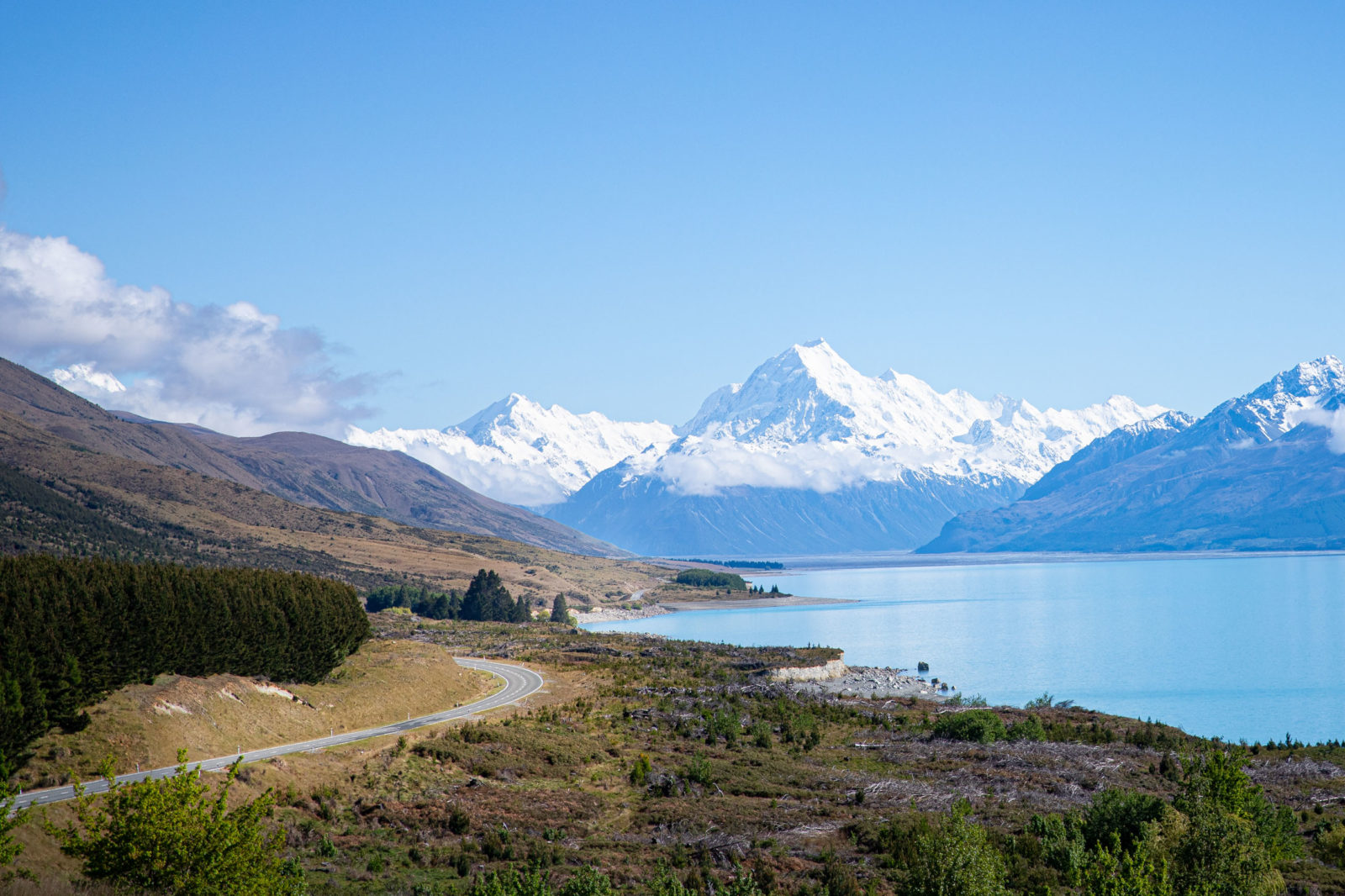
A visit to Aoraki Mount Cook National Park is a must, and this road leads directly to the Park. Keeping a constant eye on the road is a real challenge.
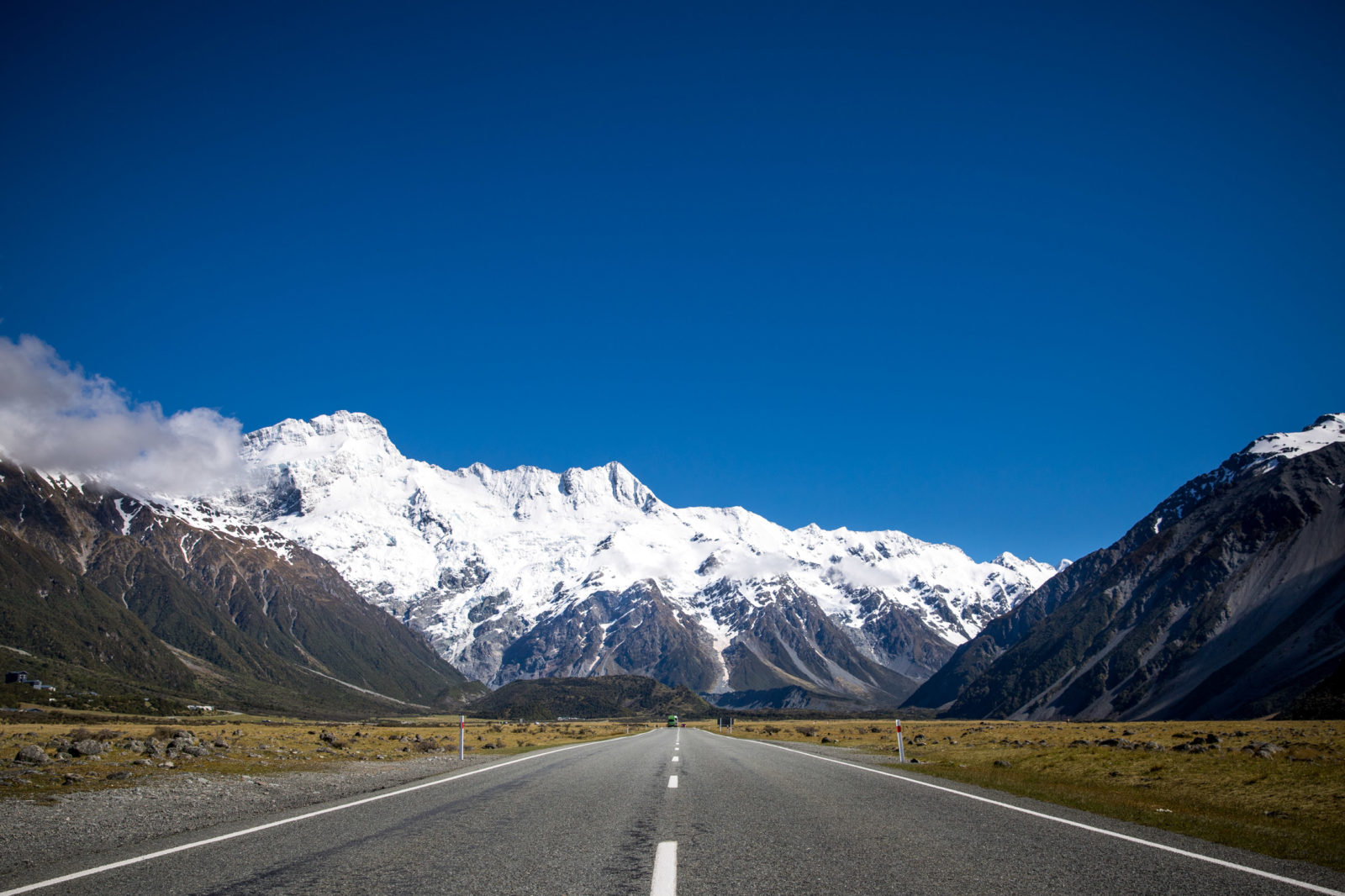
The photo above was taken as we were arriving near the Park entrance. Spectacular mountains surrounded us, taking our breath away.
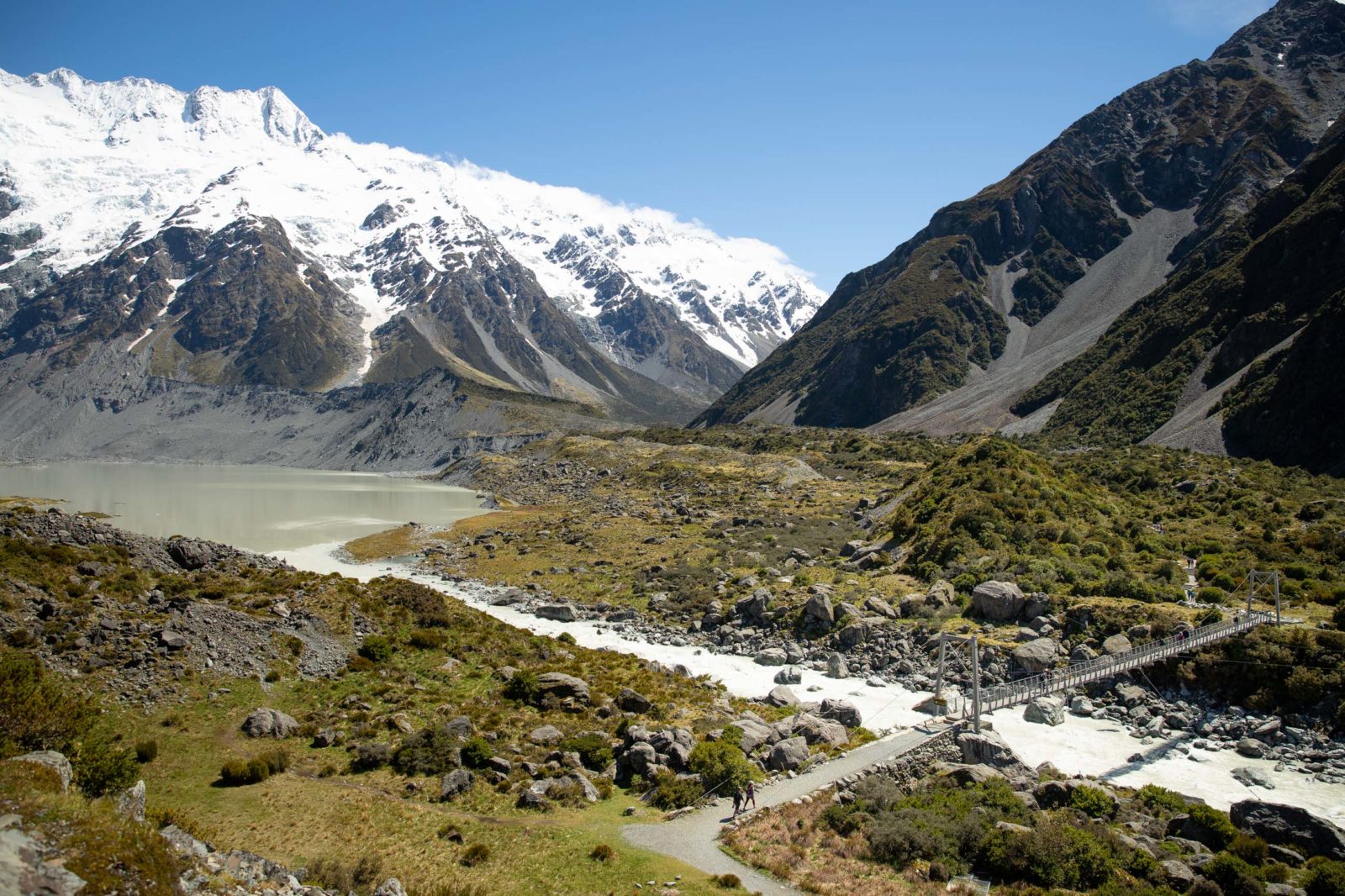
Seen here is the Hooker Valley Trail, an easy three-hour return track that takes you across three swing bridges. The track ends at the glacier lake, where there are amazing views of Aoraki/Mount Cook, Hooker Glacier, and the Southern Alps/Kā Tiritiri o te Moana.
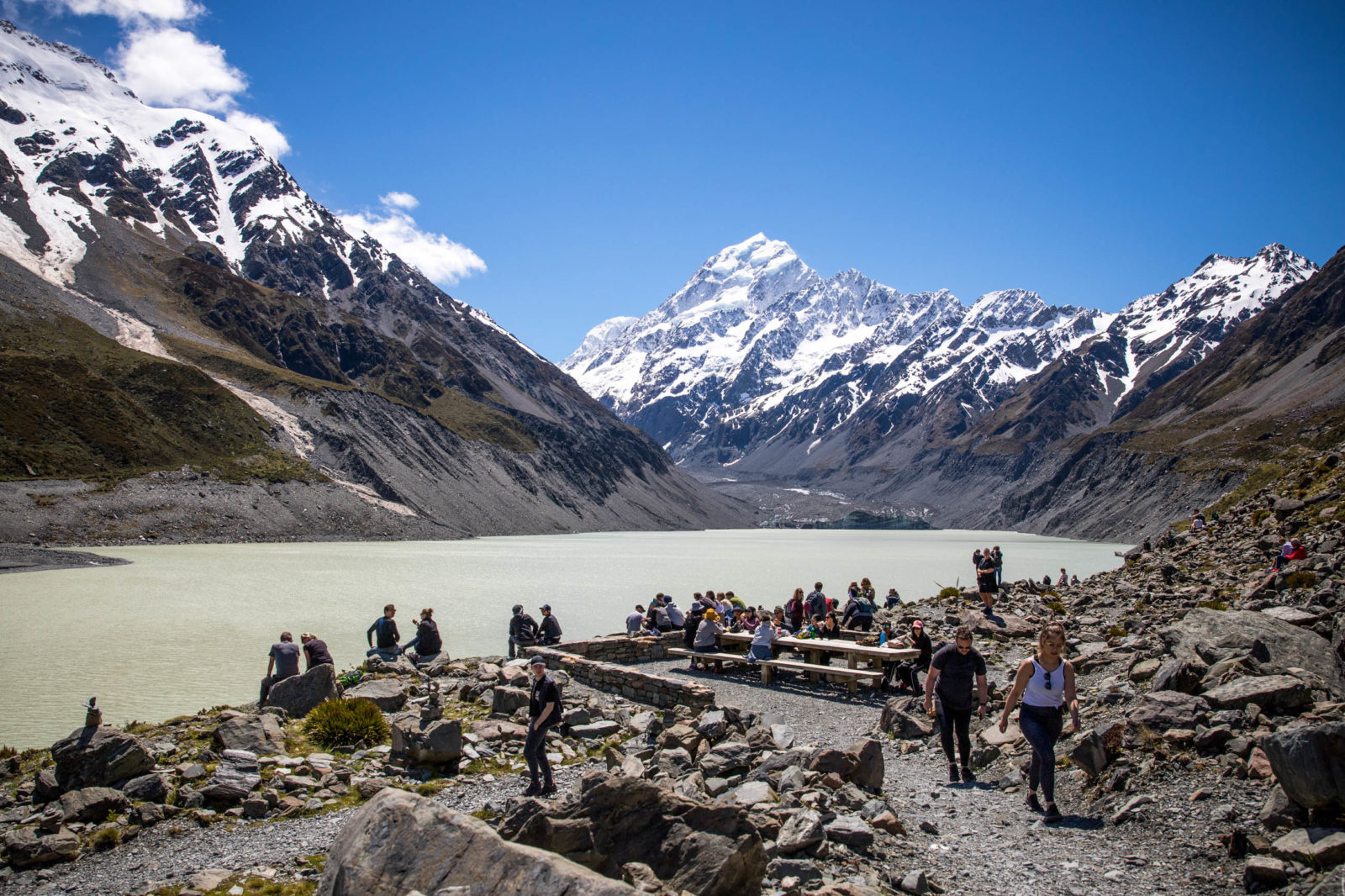
Pictured above are Hooker Lake and Mount Cook (middle). Hikers congregate here to relax, grab a bite, and take in the scenery. The glacier can be seen in the background if you zoom in.
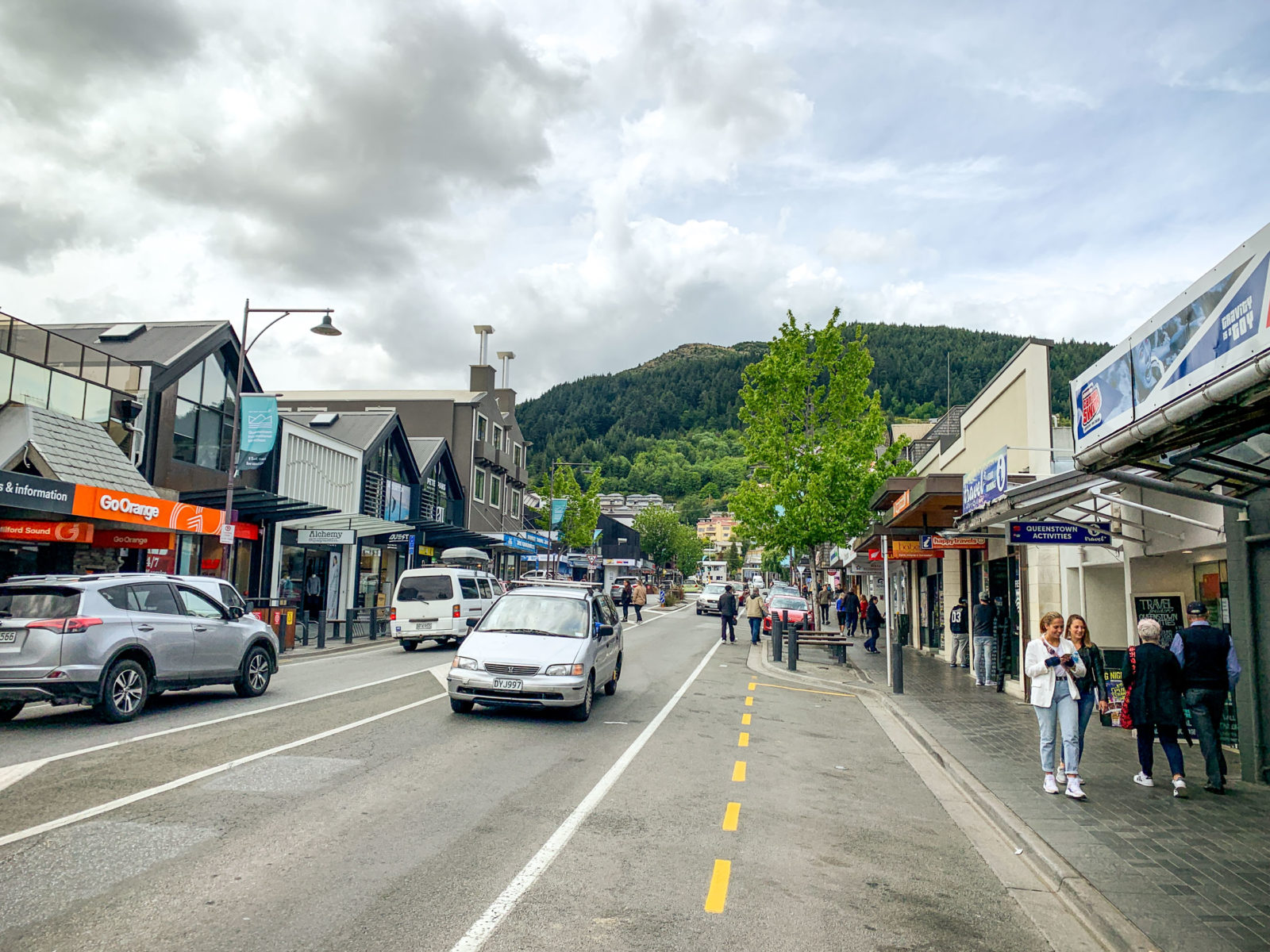
Next up was Queenstown – “home of adventure” as the advertising says, and this is not an overstatement. Queenstown is the bungee jumping capital of the world and home to any outdoor activity you can think of. Seen in this photo is one of the main arteries in downtown Queenstown. The place is vibrant and exciting and a good place to spend time in the shops!
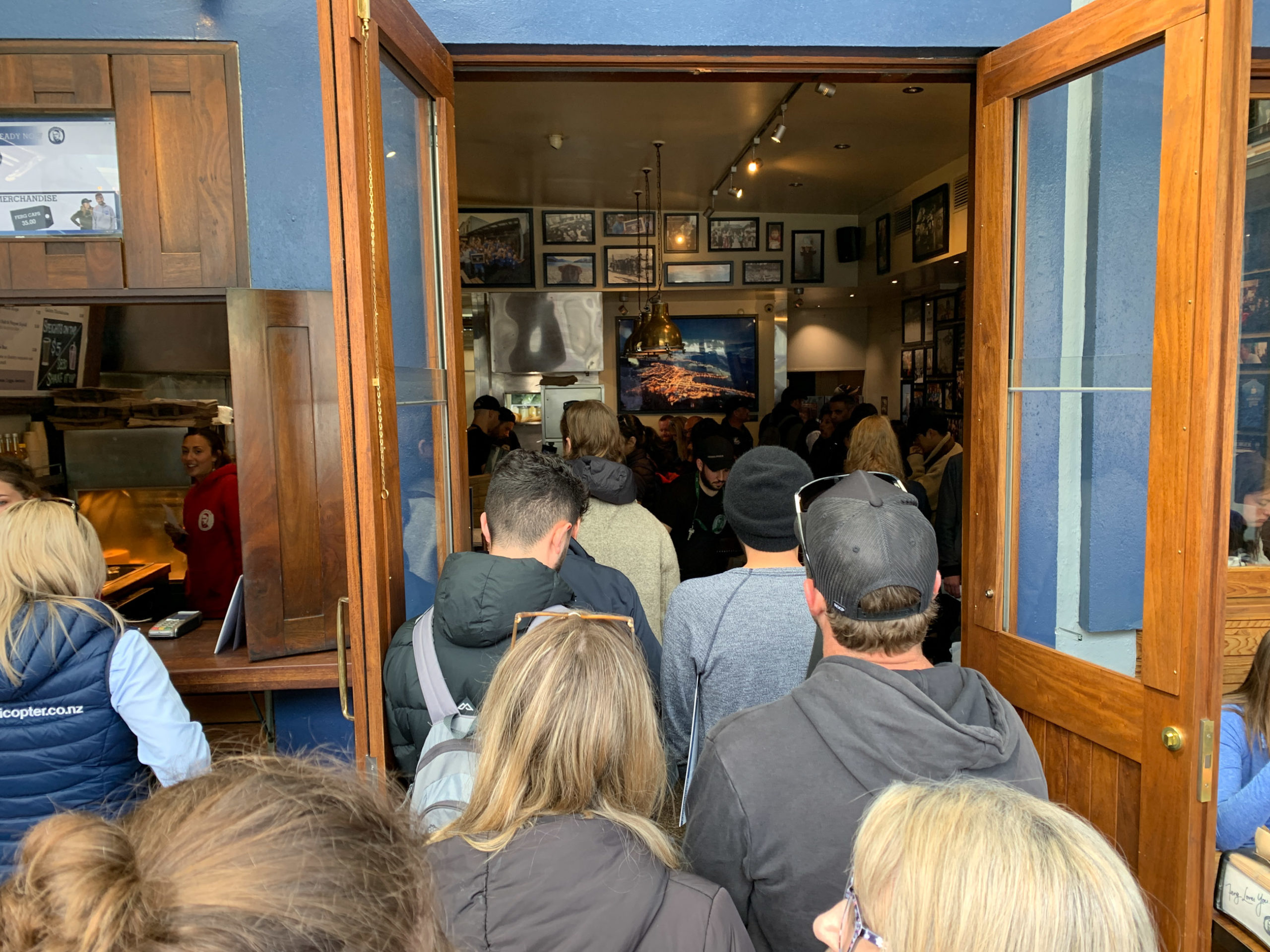
One of the first things we saw/smelled while entering the downtown district was Fergburger, where people line up from early in the morning to eat world-renowned burgers. The wait is well worth it.
Queenstown is right on the shores of Lake Wakatipu. The orange boats depart frequently for wild rides on neighboring rivers.
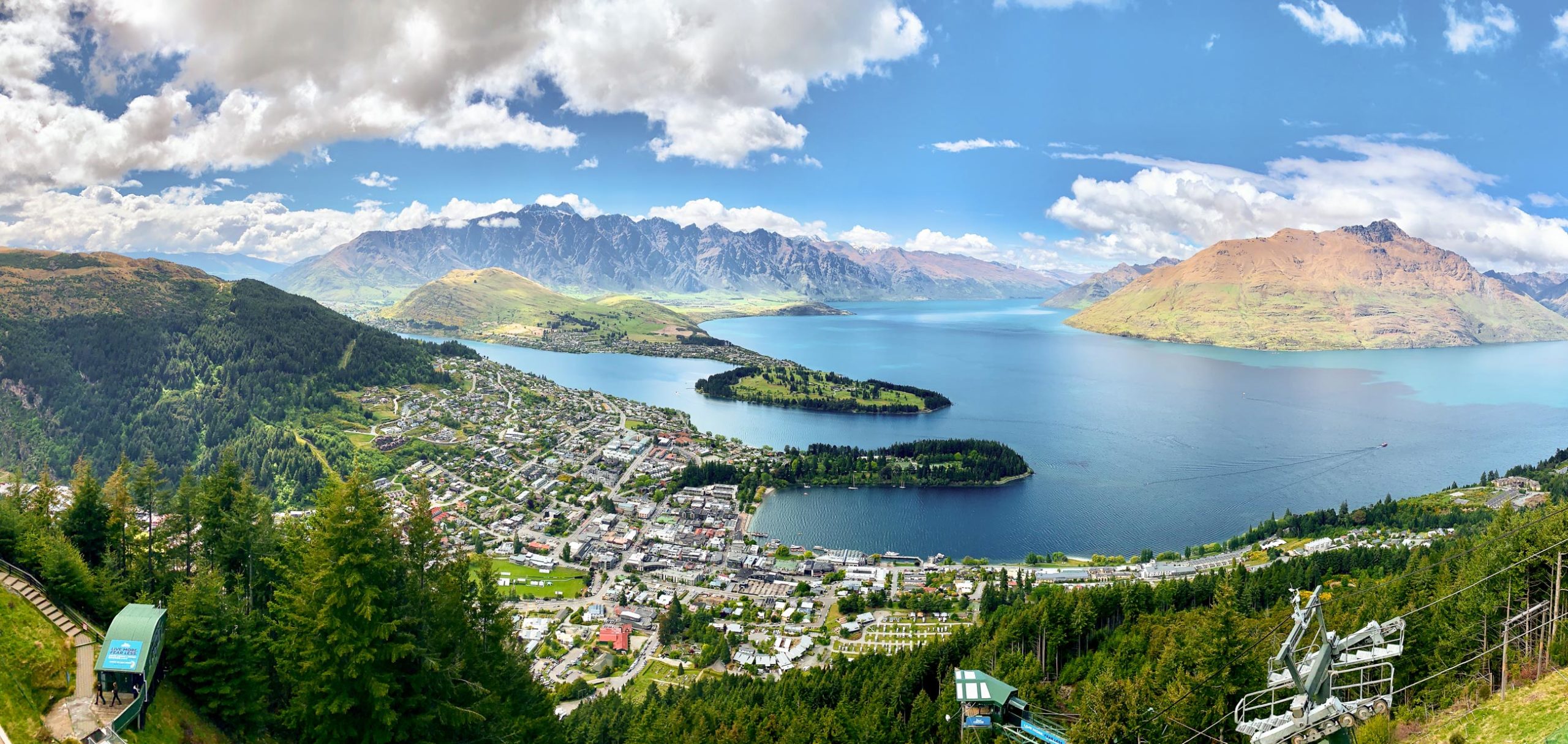
A trip on the Skyline gondola is a must when in Queenstown. The views of Lake Wakatipu and the surrounding mountains are inspiring. You will see skydivers, paragliders, and hang gliders floating above you before gently gliding towards the lake to finally land in the city. Very tempting, but we resisted!
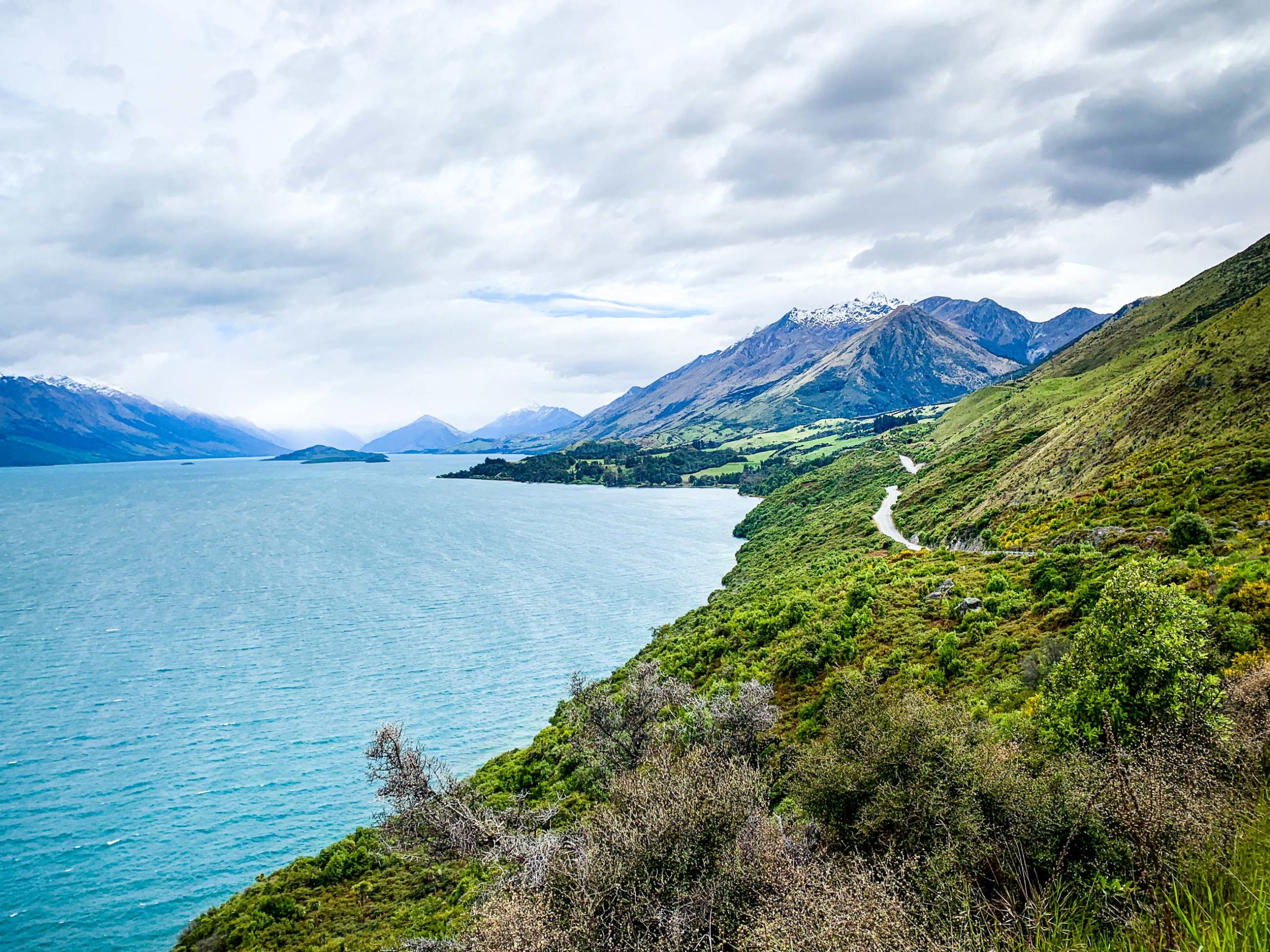
This is the drive that leads from Queenstown to Glenorchy, a nice little town at the end of Lake Wakatipu. From there many trekkers will follow the Routeburn Track for a few days towards the west coast. This is also the way to the Rees Valley. This is Lord of the Rings country!
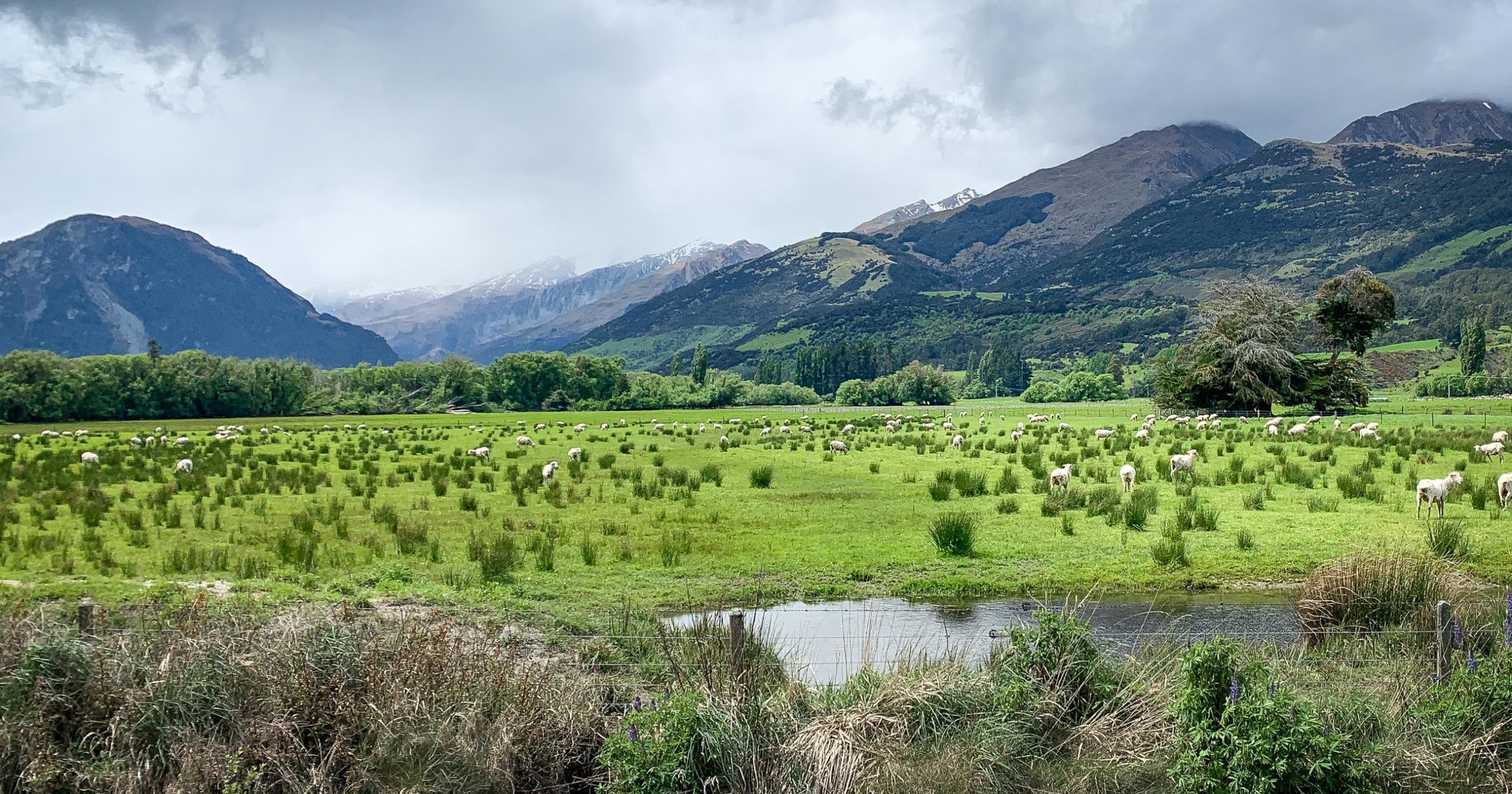
In a country where approximately 30 million sheep roam around, this is an ubiquitous scene.

There are two very popular destinations in New Zealand, with Milford Sound being the most popular. However many say that Doubtful Sound, seen here, is just as nice and much less frequented. Departing from Manapouri (2-3 hours from Queenstown), a boat ride followed by a bus ride through a mountain pass takes you to the shores of the Sound. From there an epic three-hour boat tour awaits you. It rains a lot here (up to 240 inches per year) and that means an abundance of majestic waterfalls. Unforgettable.
One of dozens waterfalls and a lucky break with the light in Doubtful Sound.
The captain turned off the engines and all became eerily quiet. There was not a sound, and this became a very emotional moment for all of us.
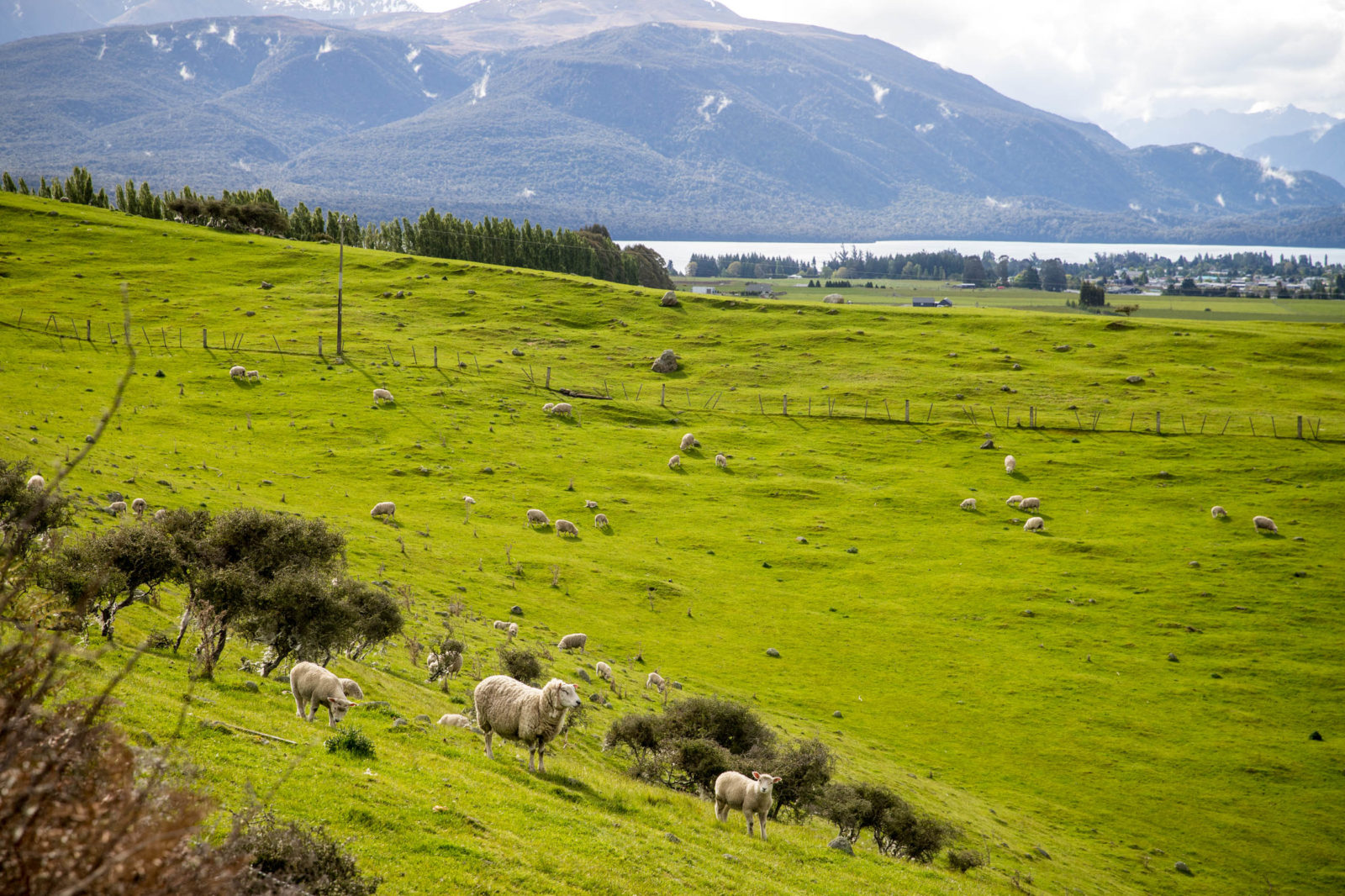
Te Anau is the gateway to Fiordland National Park, and Milford Sound is an essential part of any journey in New Zealand. Lake Te Anau and Jacksons Peak can be seen in the background. Te Anau is a vibrant town and a prime destination itself.
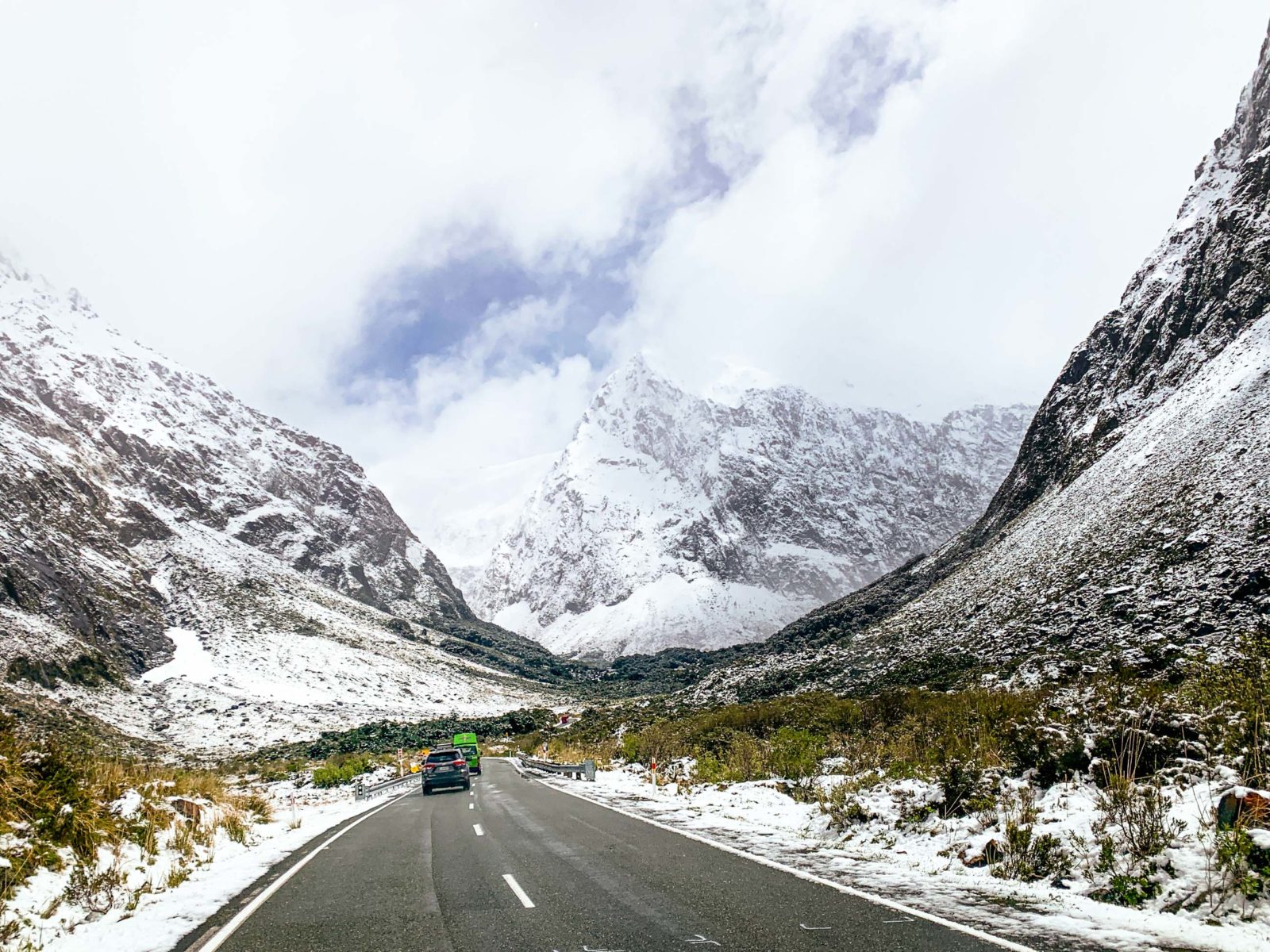
The drive between Te Anau and Milford Sound is often touted as the most scenic in the world.
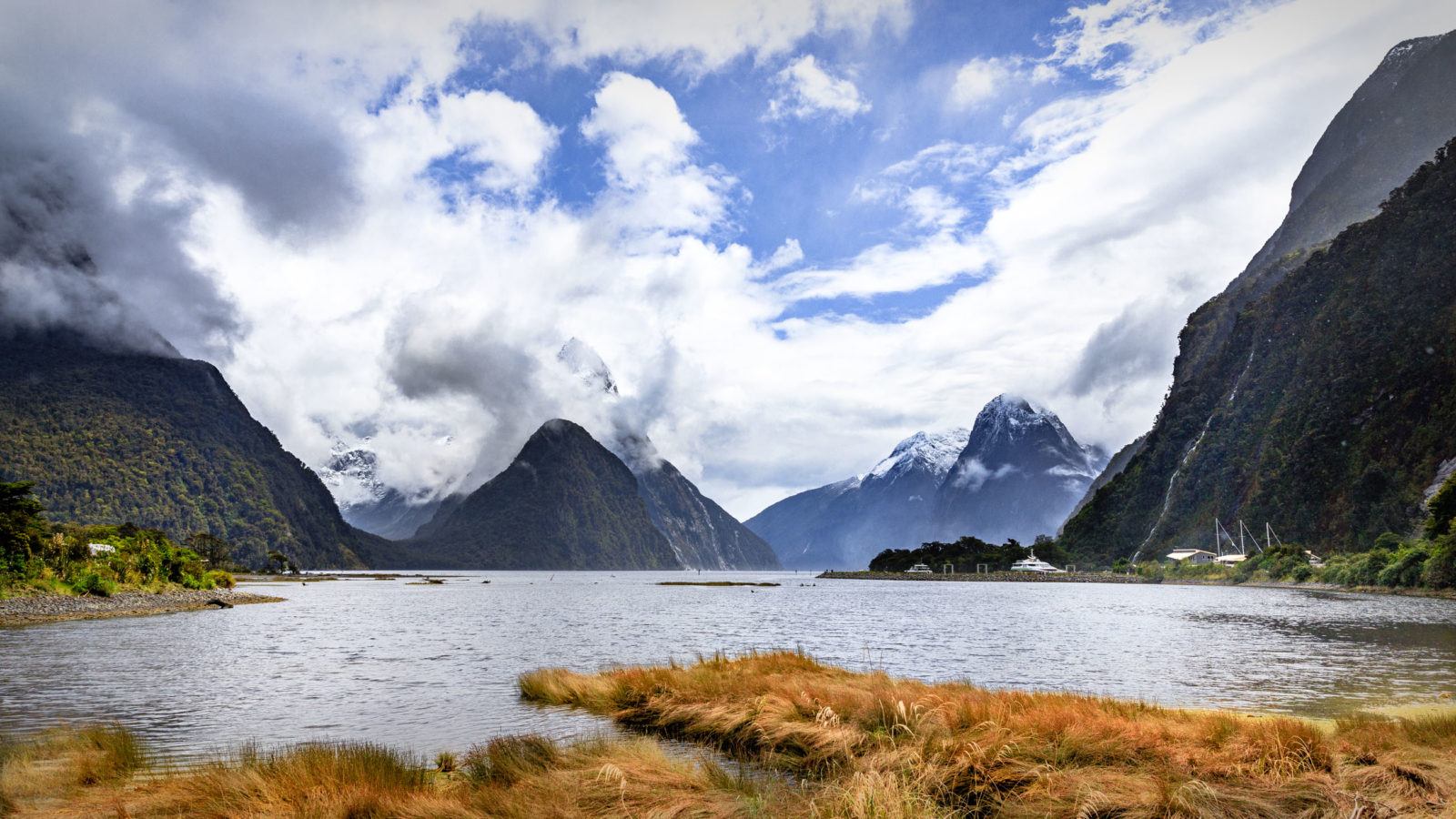
Milford Sound is the number one destination for many people visiting New Zealand. This is the sight that awaits you upon arrival. It is VERY touristy. Tour boats come and go continuously and the terminal is packed daily. It is wise to make your tour reservations ahead of time. Also, remember that it rains most of the time.
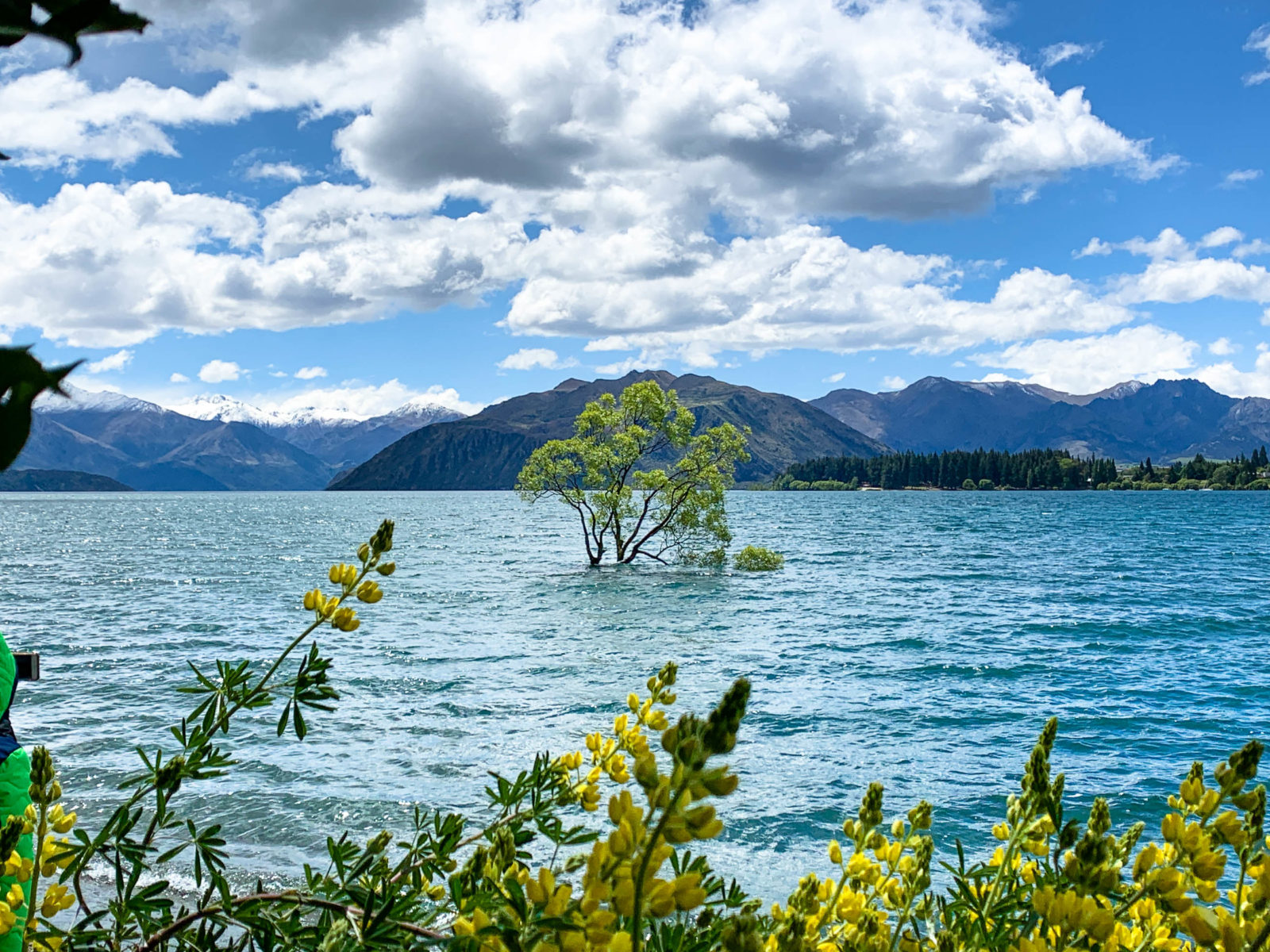
This is the famous Wanaka tree, allegedly the most photographed tree in the world. Sadly, there have been recent reports that someone vandalized the tree and cut the bottom right branch, the one that touches the water.
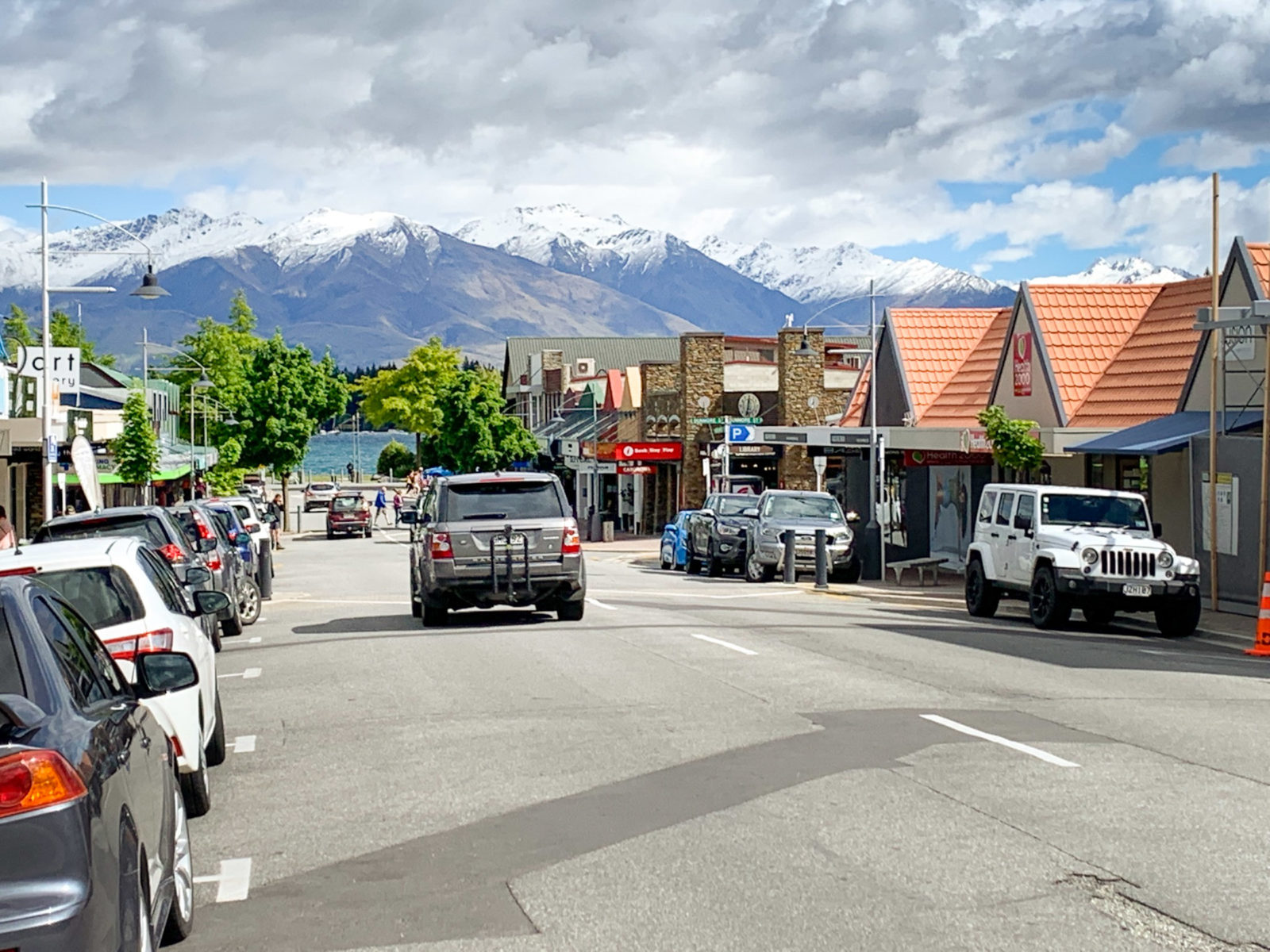
We stayed a few days in the area, and visited downtown Wanaka. This is a very nice resort town where one can wander, have a drink or coffee at one of the many terraces, and, of course, shop for souvenirs.
If you are a coffee drinker, New Zealand will give you plenty of opportunities to fill your mug. New Zealanders are very proud of their coffee, and they should be – they make a great cup.

This trail is typical of many trails that meander through southern New Zealand’s temperate rainforests. This particular one leads to Fox Glacier. Again the weather did not cooperate and heavy rains during early spring washed away the trail that normally leads to the bottom of the glacier. Unfortunately, both Fox and Franz Josef glaciers are receding at an alarming rate, and getting to the glaciers is becoming more difficult. There are numerous helicopter tours if your budget allows it.
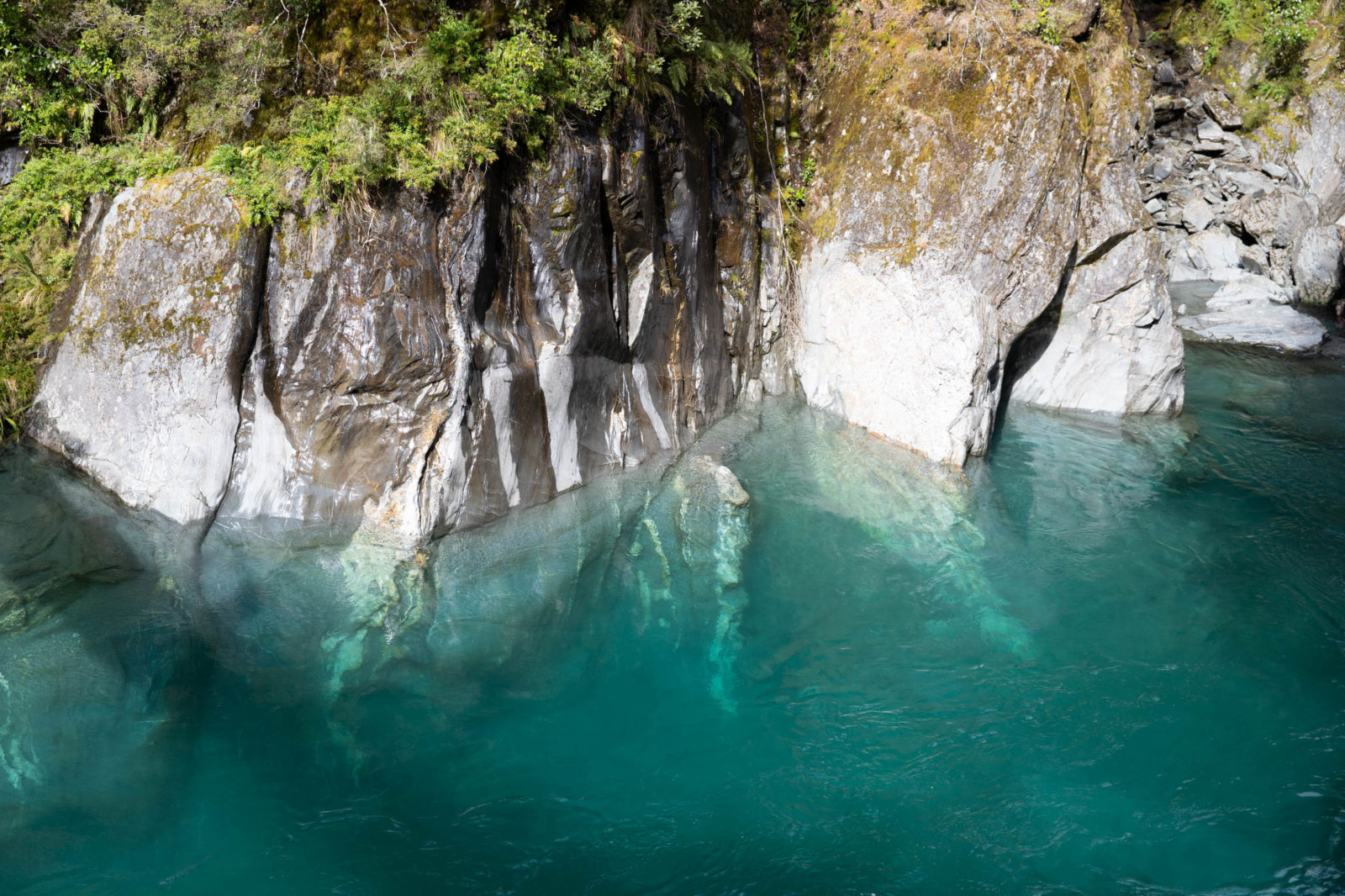
This place is called Blue Pools. The trail leads to a swing bridge where you can view the pristine blue waters of the Makarora River.
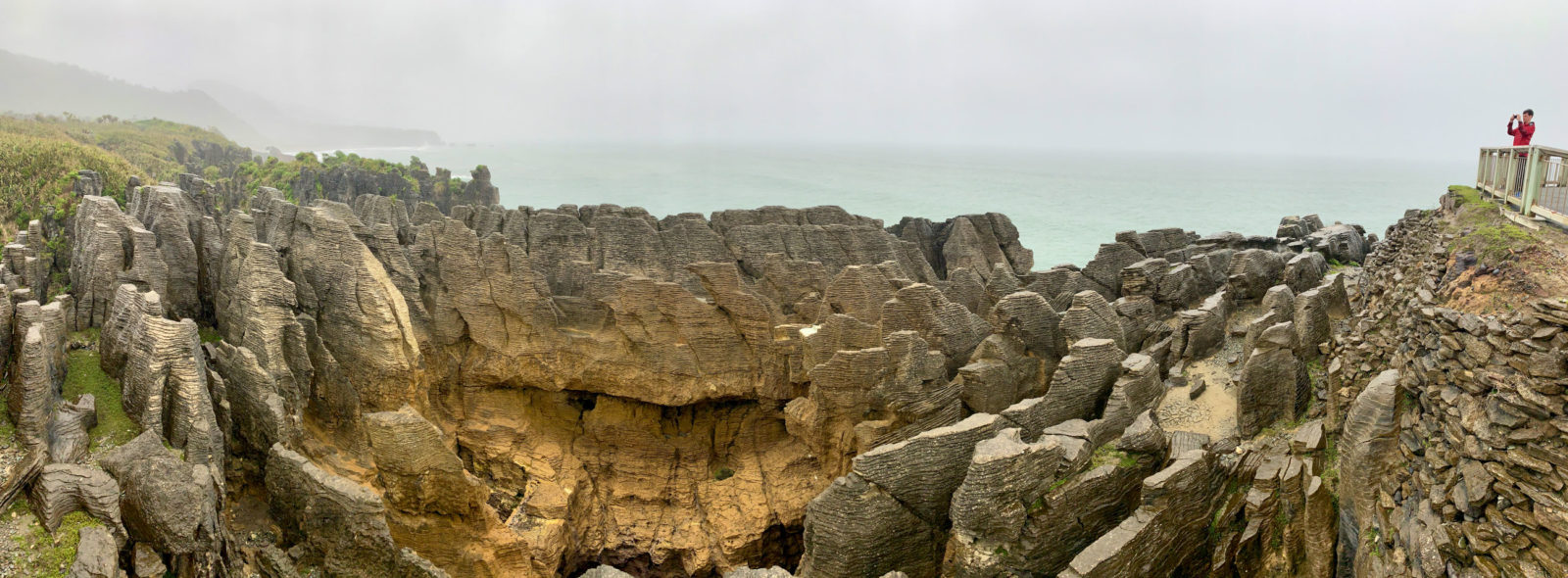
Pancake rocks at Paparoa National Park, on the west coast.
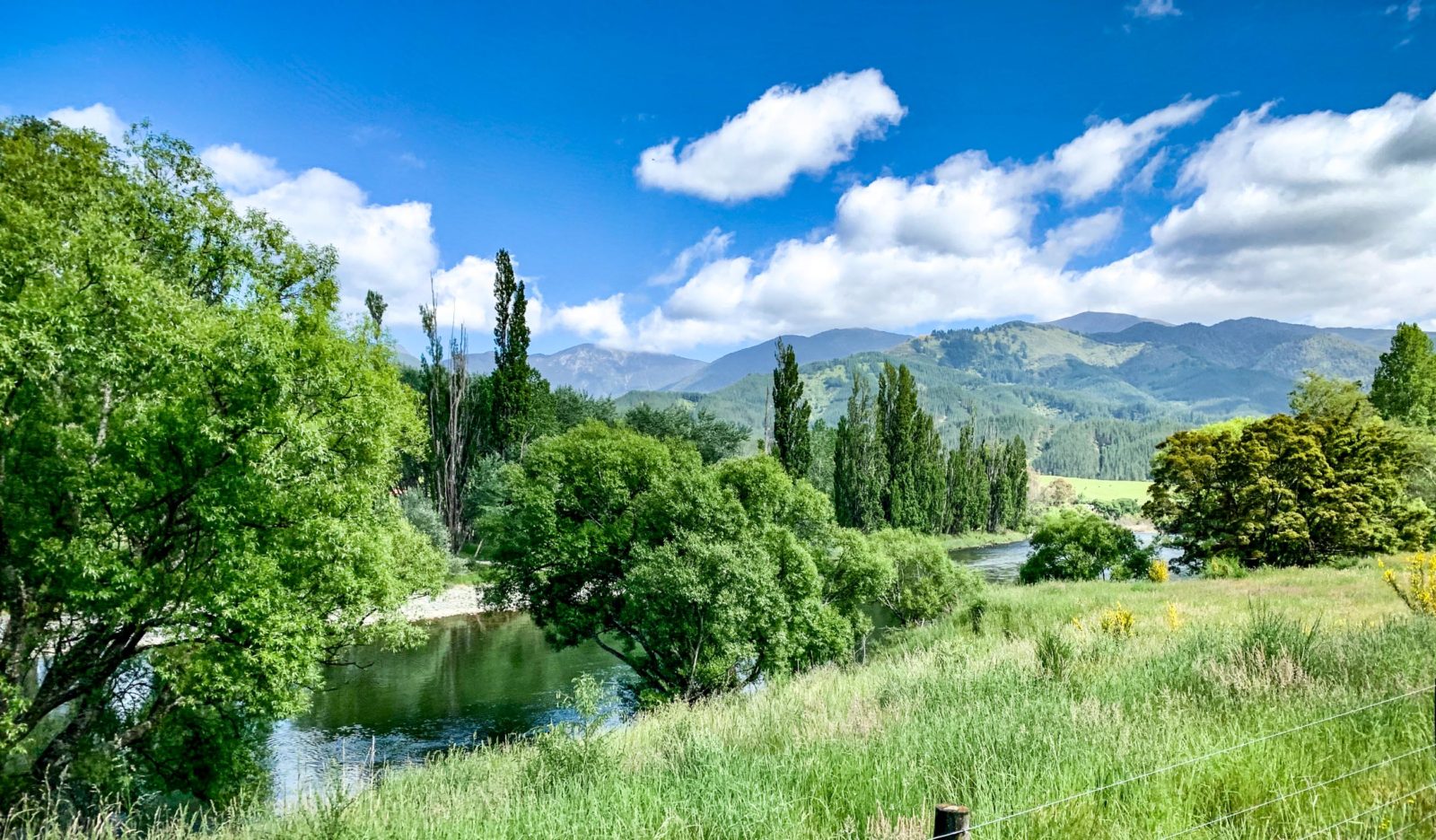
As we headed north and the mountains and high peaks receded, the landscape changed dramatically.

At the northern tip of South Island there are a couple of national parks, so we headed to Motueka and Kaiteriteri and Abel Tasman National Park for a few delightful days. Kiwi plantations abound and bike trails will actually go through the plantations, offering a unique experience. Nelson is the next major town in the area. It is an artists’ community well worth a visit.
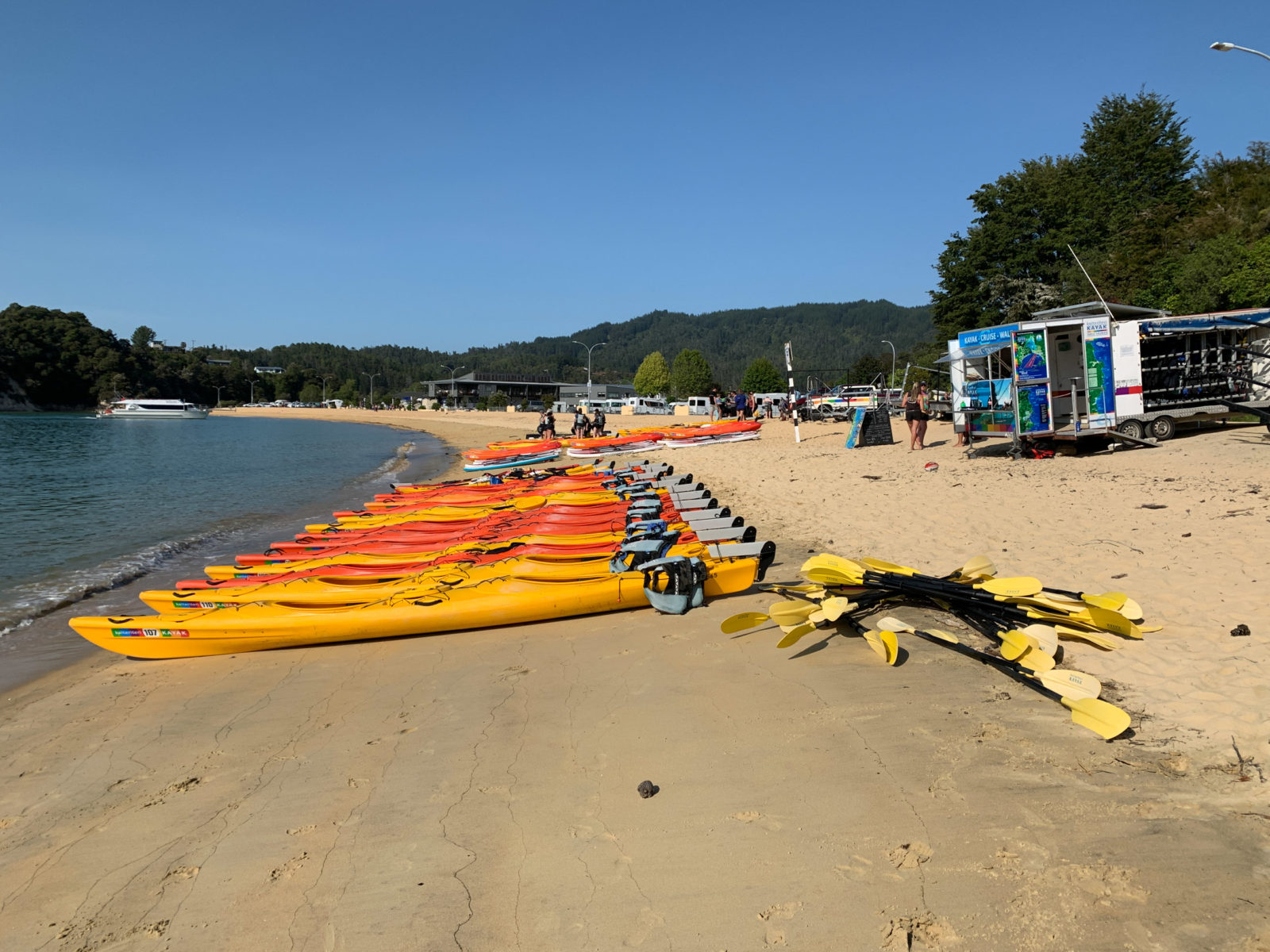
Nestled in a bay adjacent to Abel Tasman National Park is Kaiteriteri. This is a very small town with a big load of activity. From here you can take any number of tours around the Park; boat tours, kayak tours, and bike tours along the many trails in the area are plentiful. There is a nice campsite in town, just on the water’s edge.
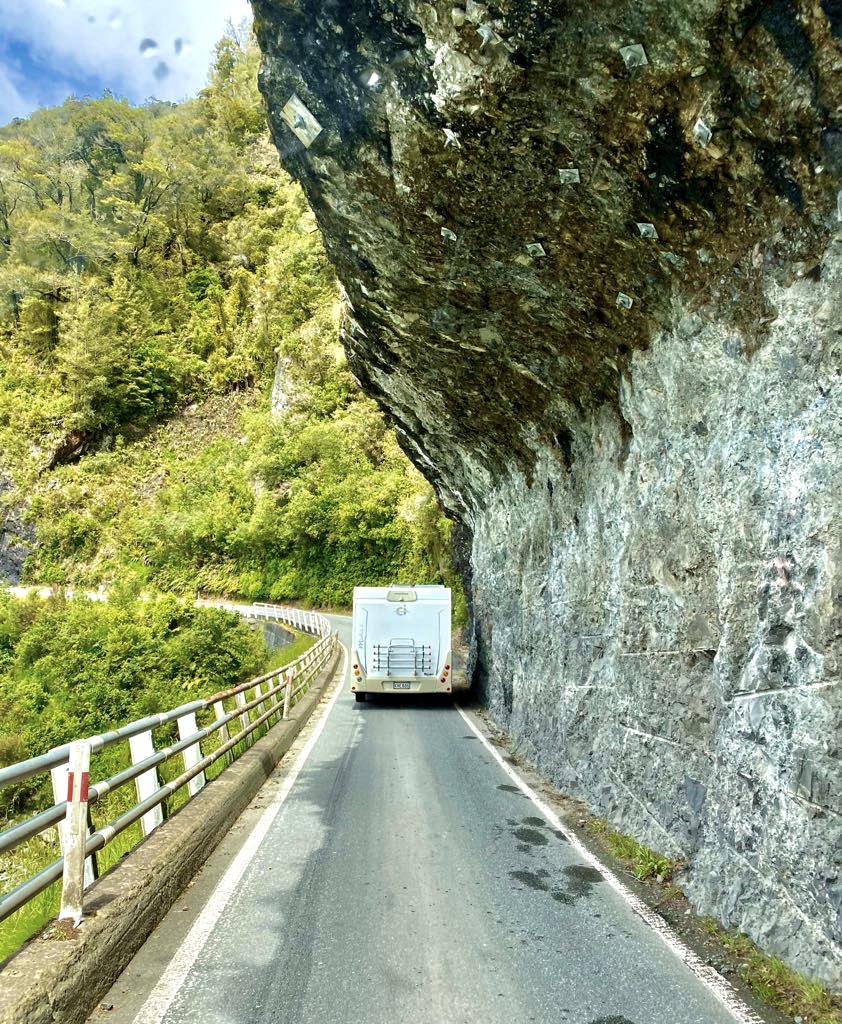
Roads are very narrow and often reduced to one lane, even on major highways like this one heading north on the Island’s west coast.
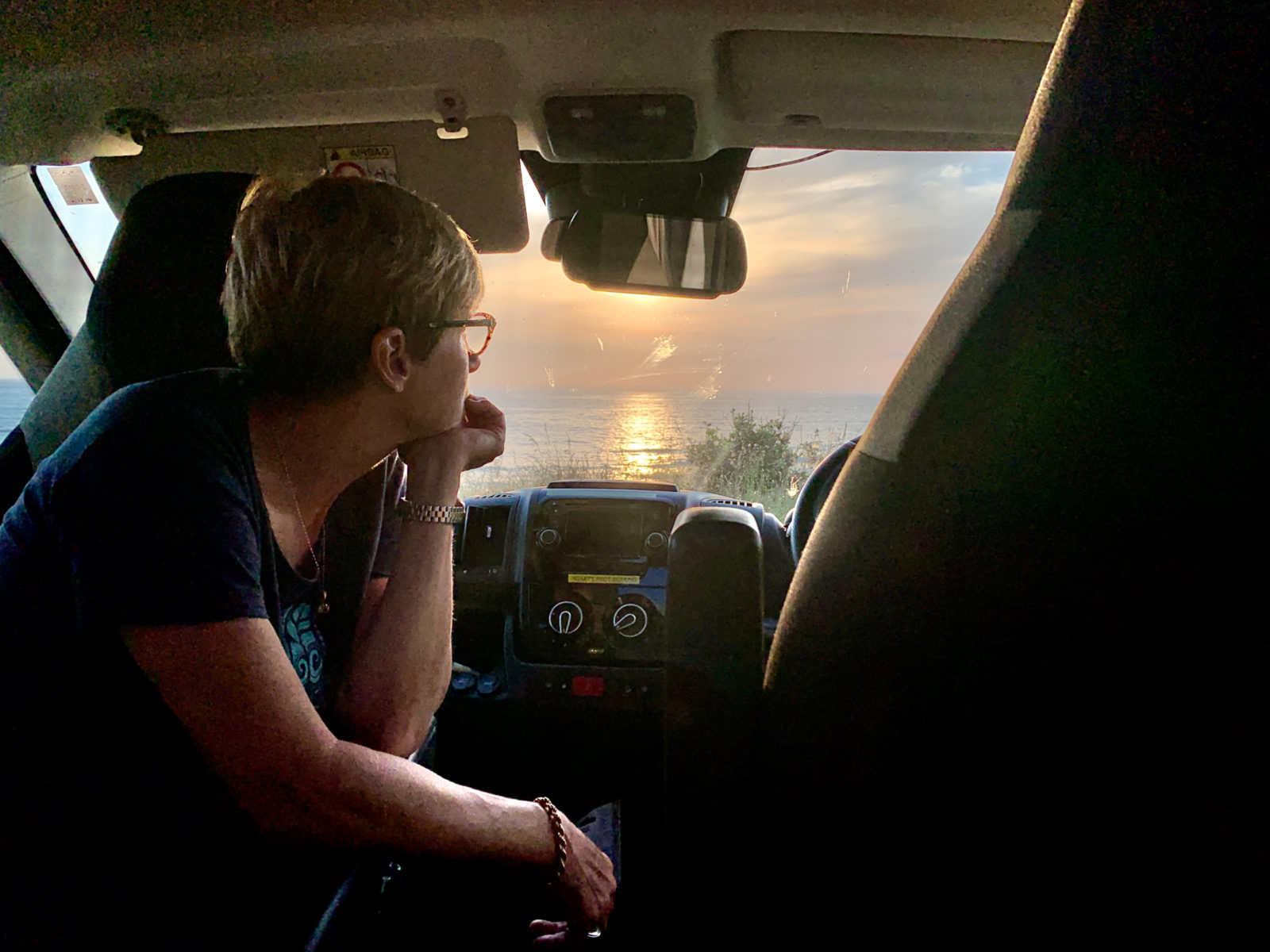
Towards the end of the voyage there was time to reflect on what we had experienced over the past four weeks. What could be better than a sunset as a punctuation mark for an unforgettable trip. On top of things, we were fortunate to have shared this trip with our dear friends Joanne and Jean-François.
Final Words
If New Zealand is in the cards for you, I strongly suggest reading as many reference books as possible to prepare for your trip. Furthermore, you will find a large number of video reviews on YouTube. You may have points of interest that differ from ours, and setting up an itinerary is important since time is a fleeting commodity on the Island, especially when your flight back home is on a fixed date.
We ended up changing our plans frequently. The number one reason was the weather forecast, while other times it was due to recommendations from the locals. They are a great source of information, and we visited areas we had never heard of or planned for based on their recommendations. The third element is time. Travel on New Zealand roads is not at all like we are used to back home. Roads twist and turn and go up and down, and your speed is always varying. A stretch that you thought would take one hour might take two or three. That meant we had to change our plans accordingly, and that was ok.
So relax and tell yourself that you WILL NOT see everything you wanted to see on the trip. Let your feelings guide you and stay a little longer at a place you enjoy. Get to know how the locals live and take in the spirit of the place. As long as you make that flight back home, you will have experienced one of the most memorable and emotionally satisfying trips of your lifetime.
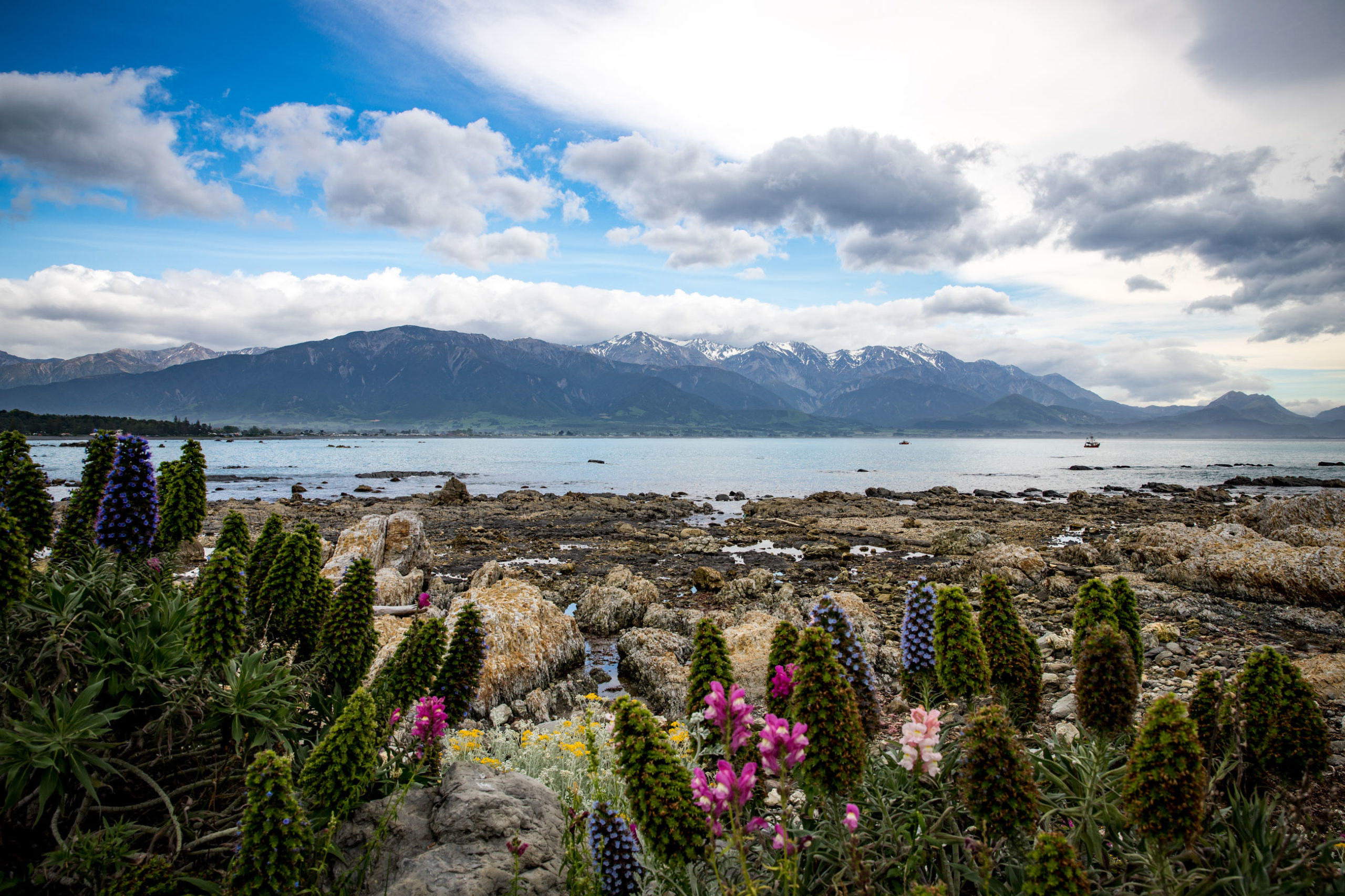


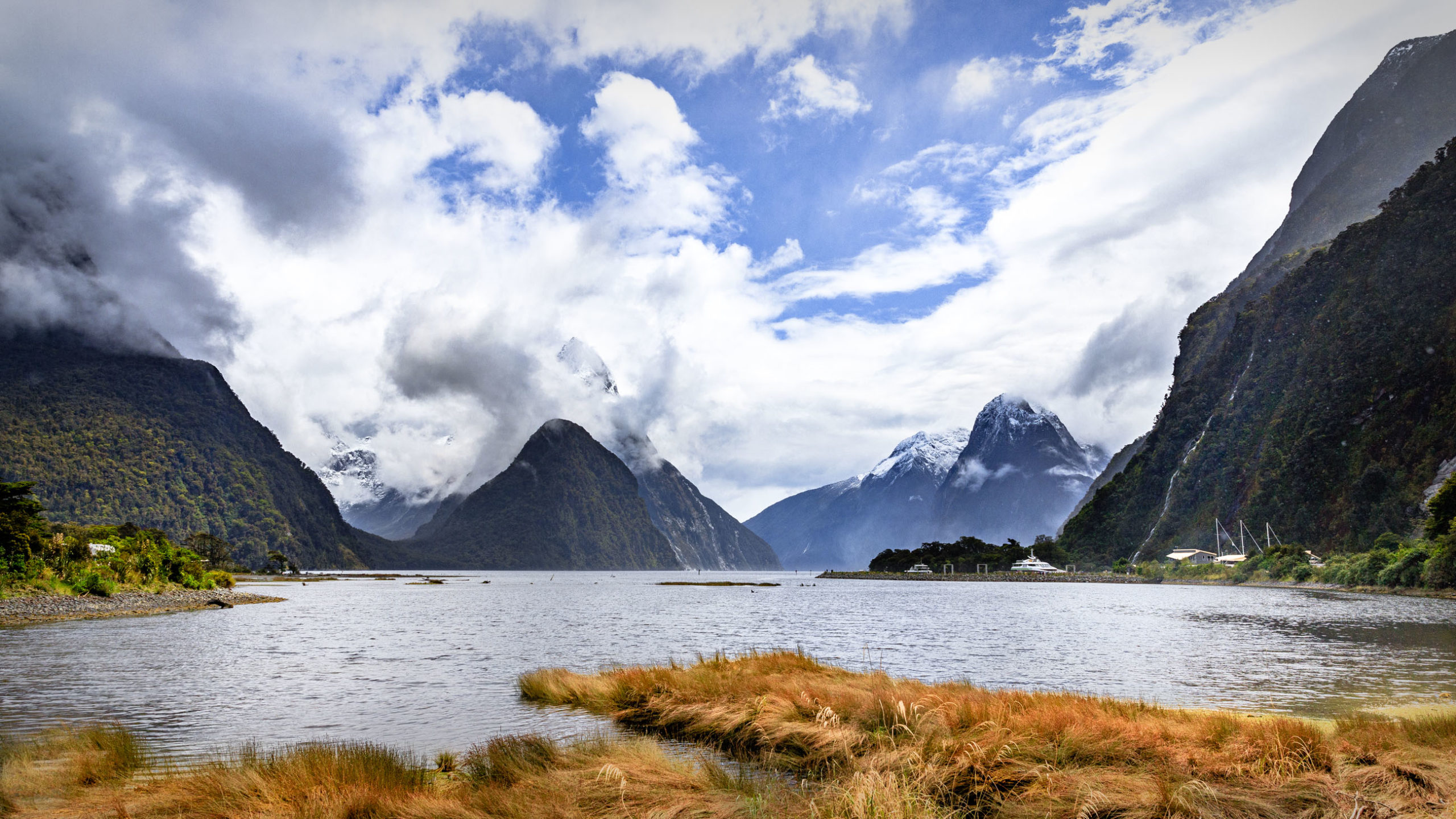
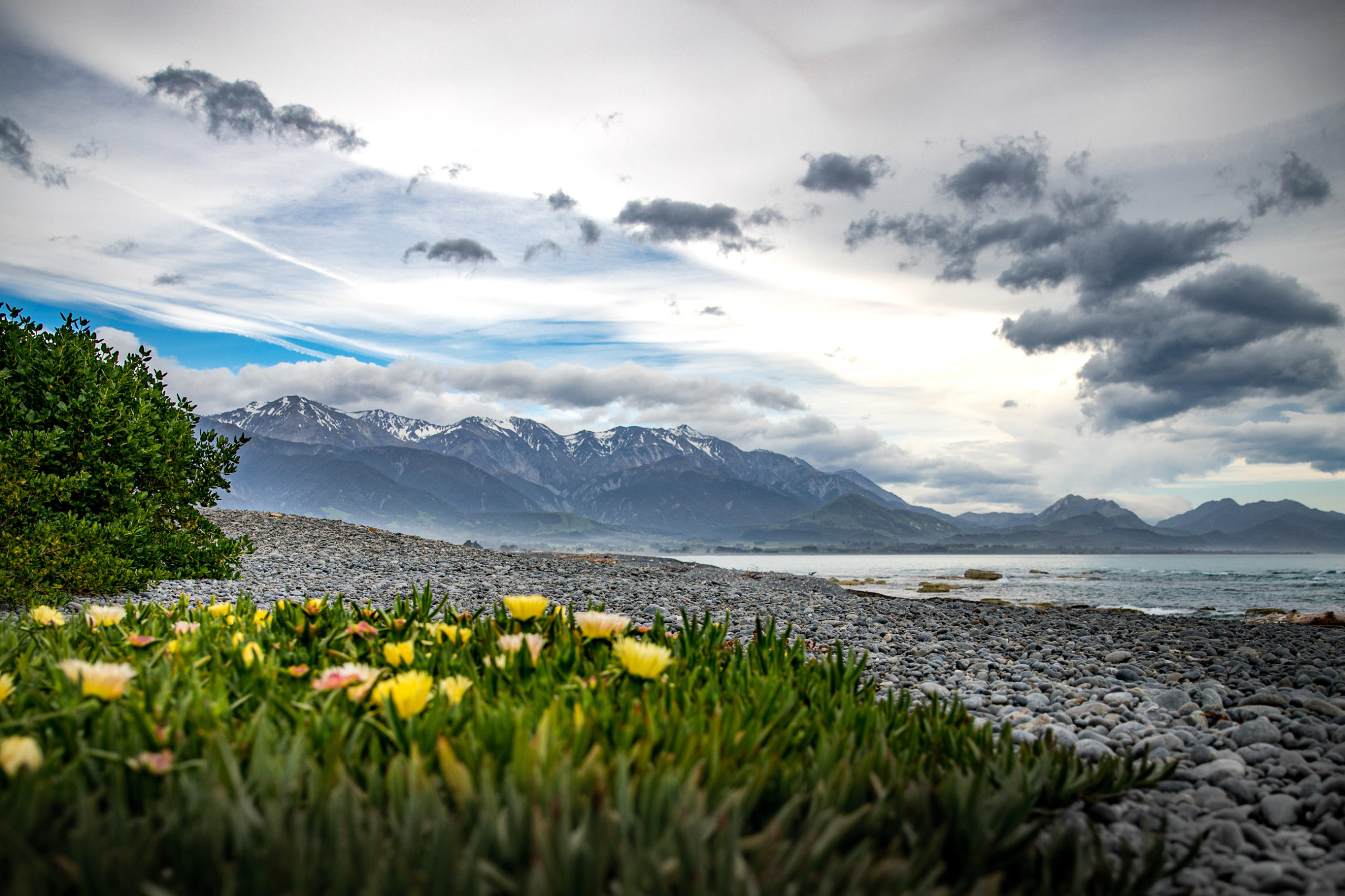
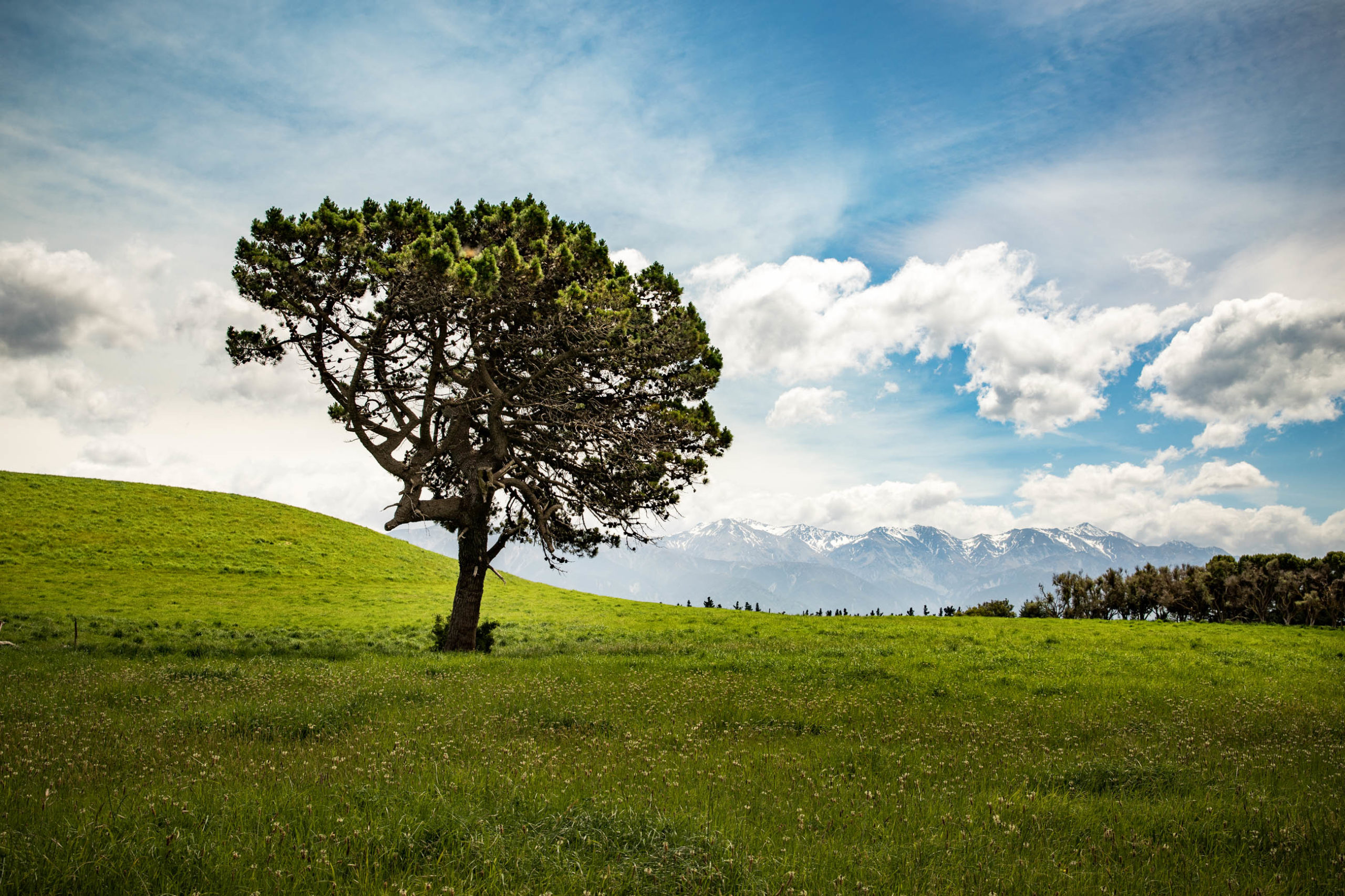
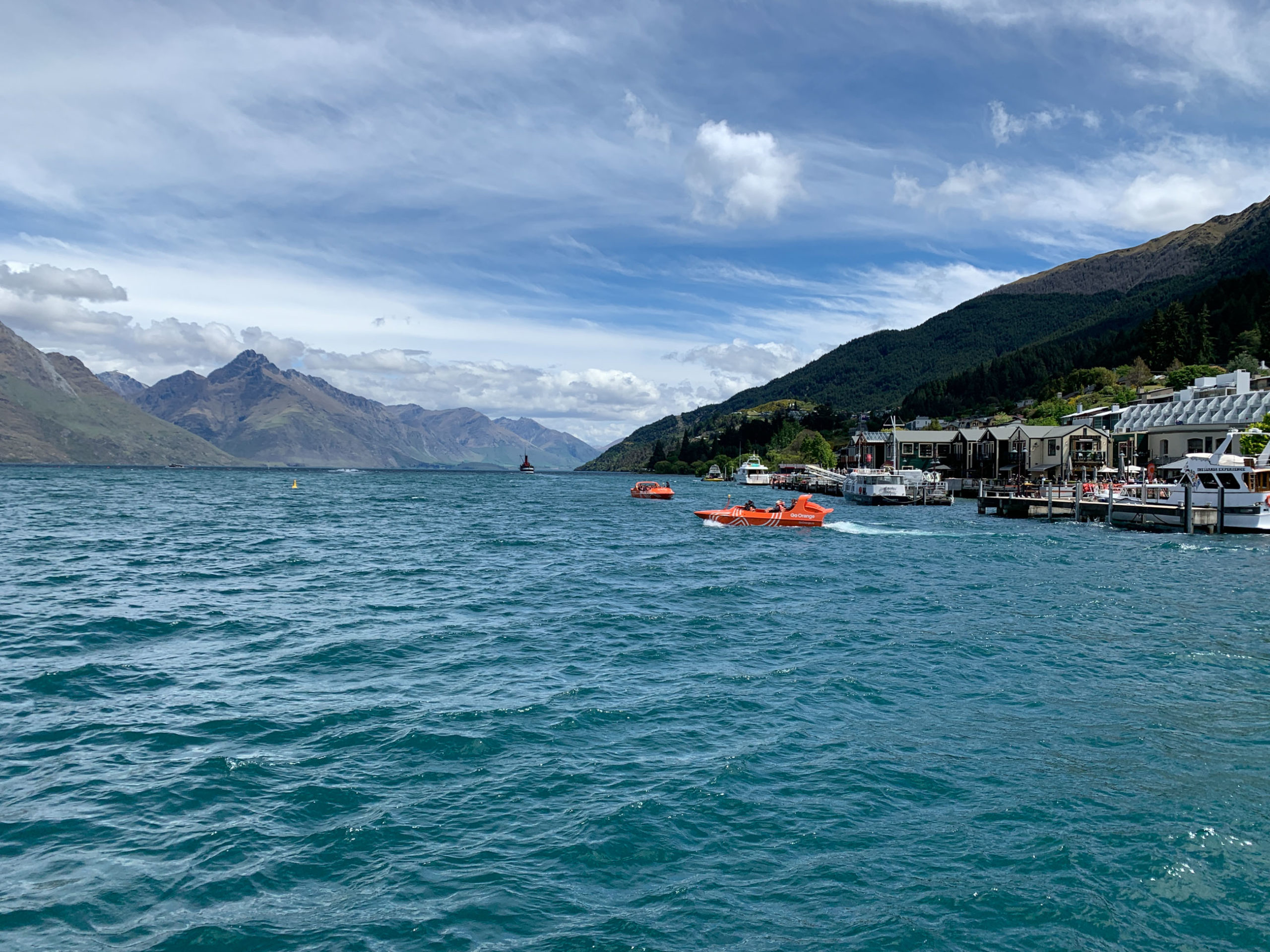
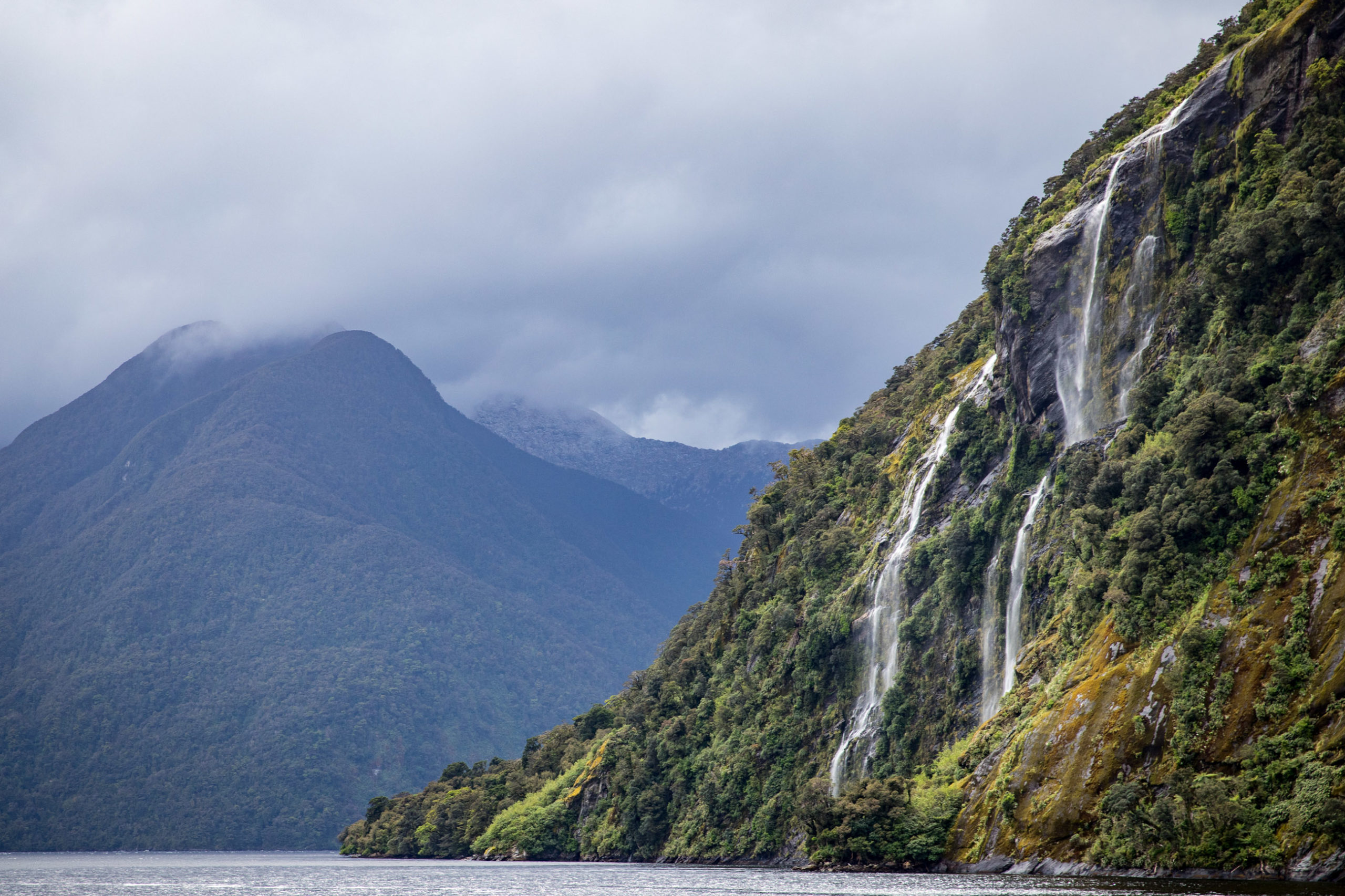
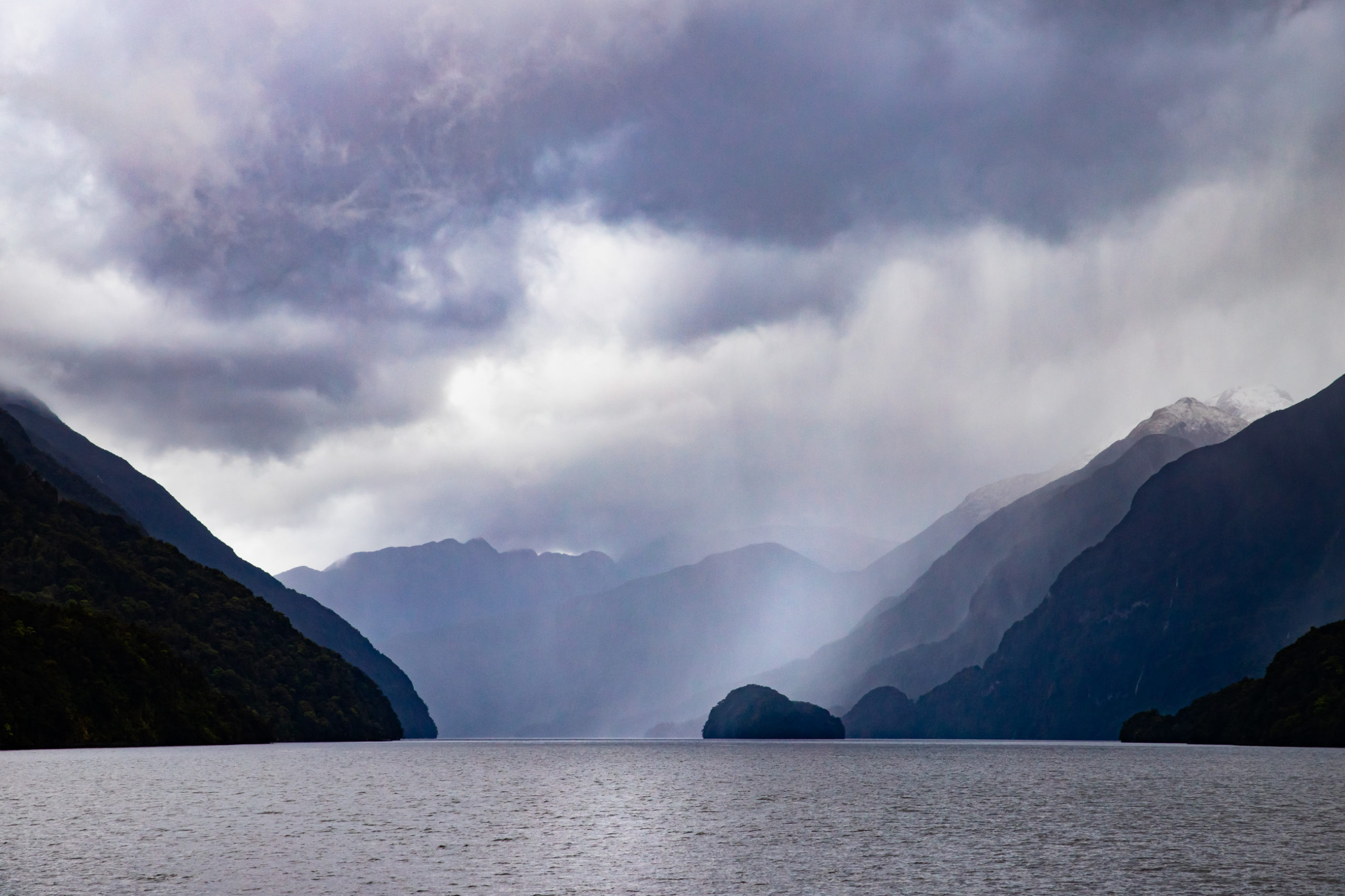
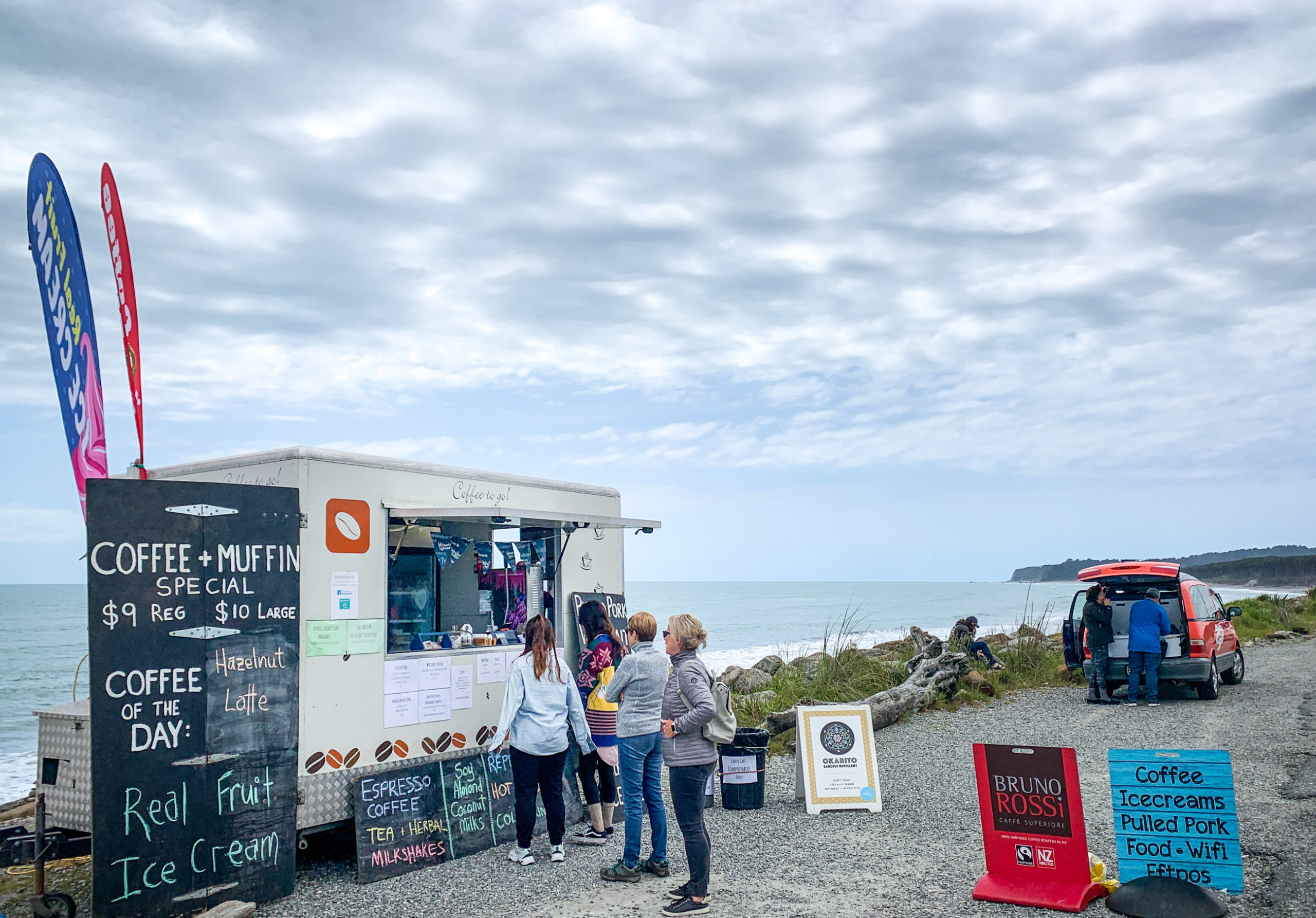


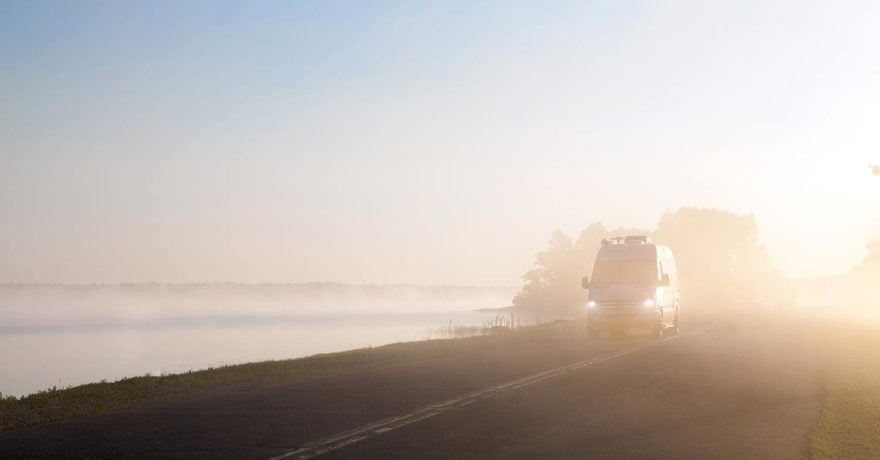
Comments